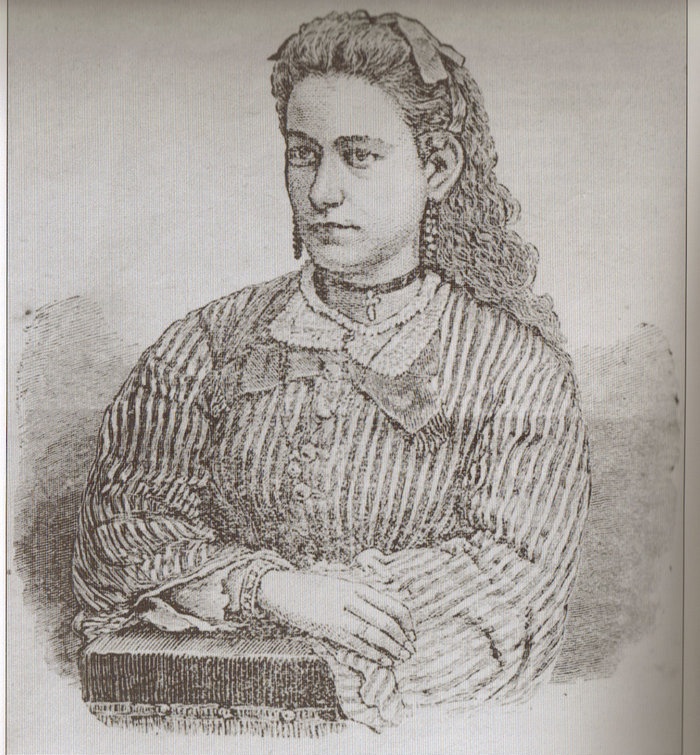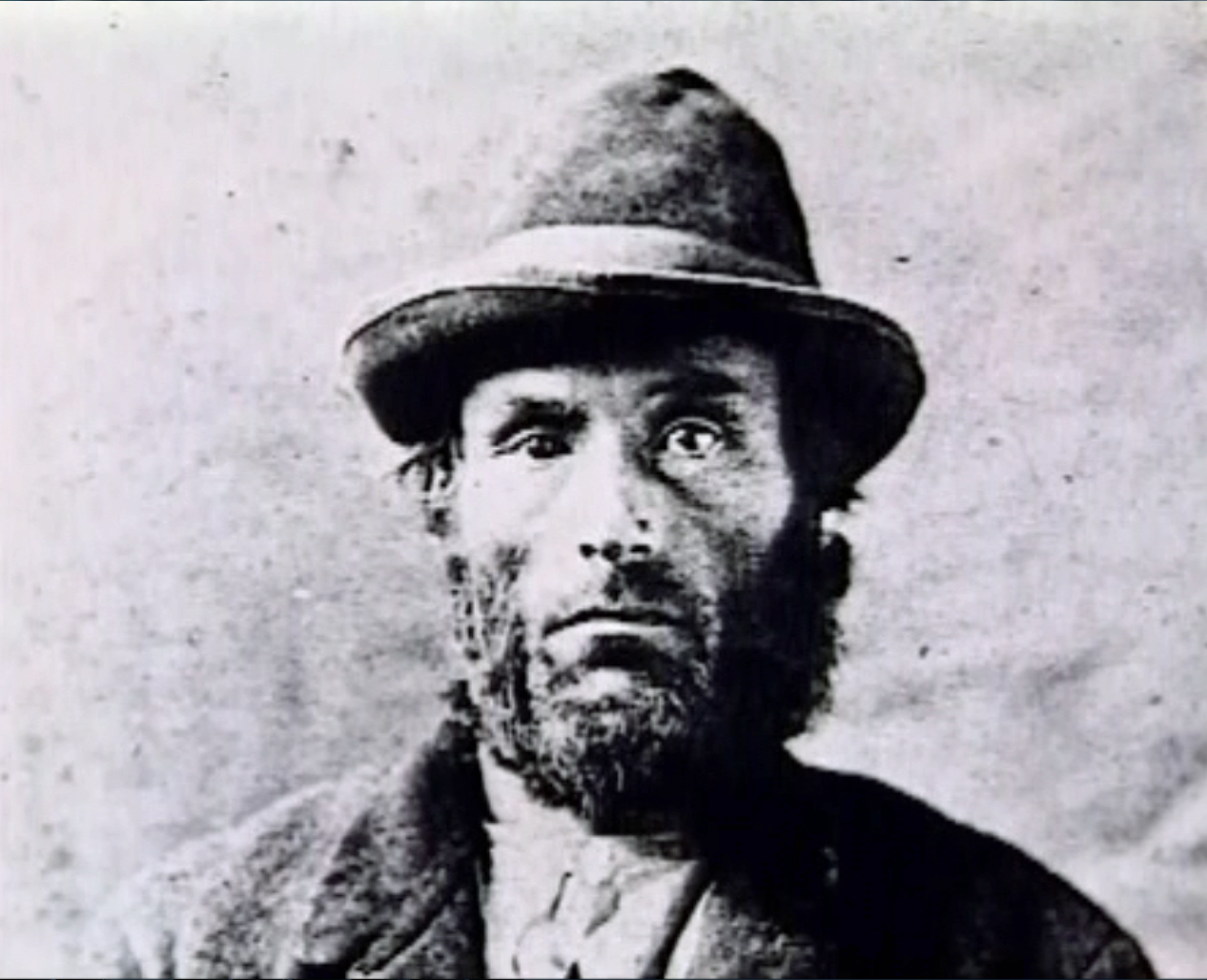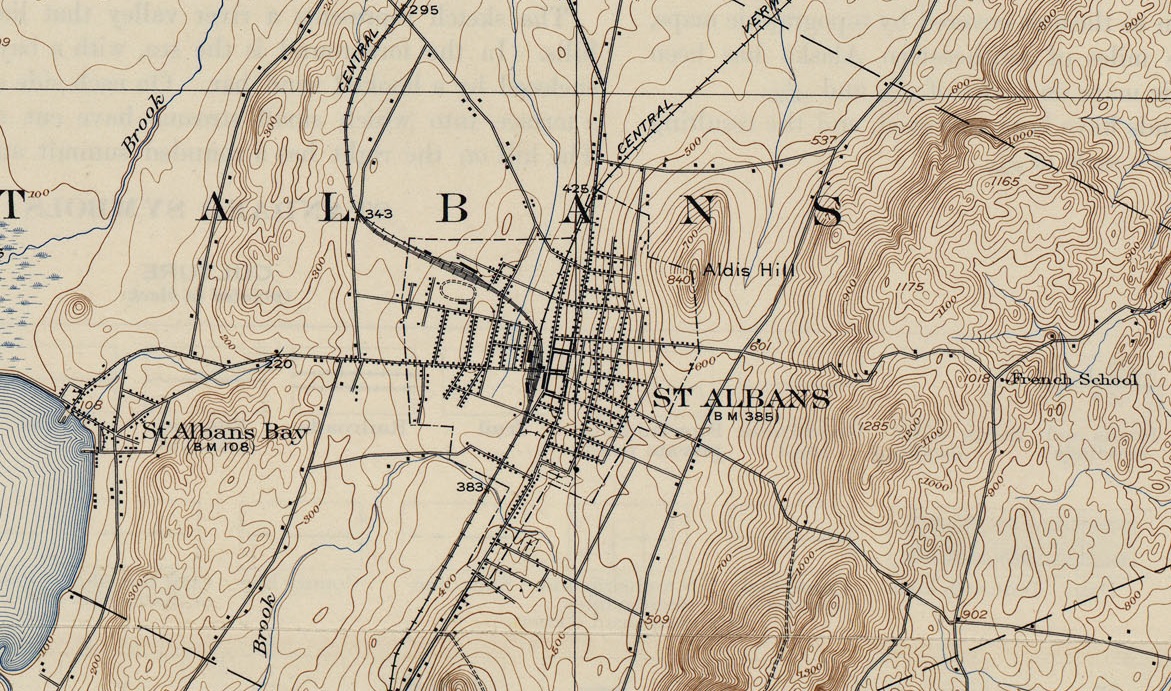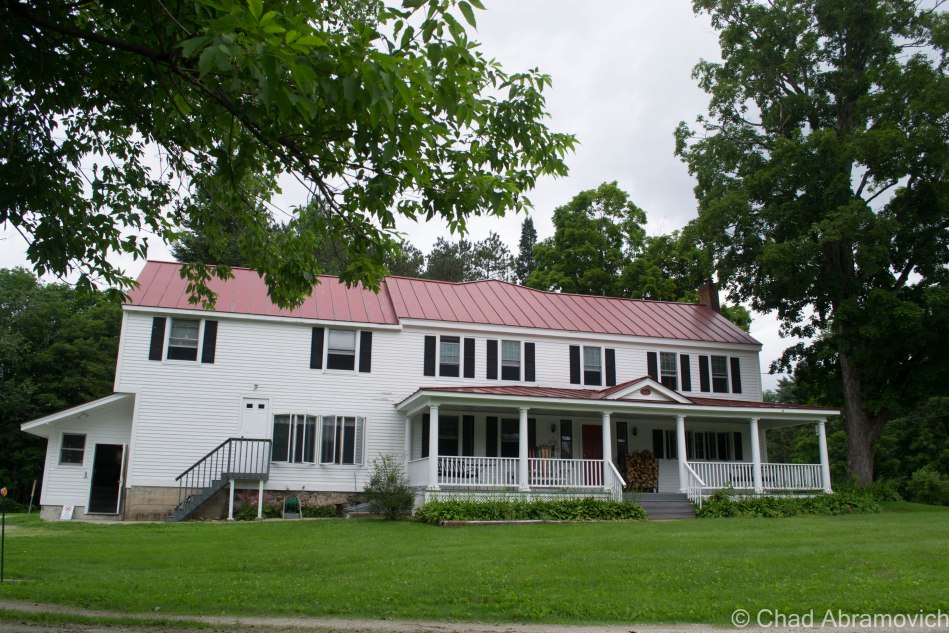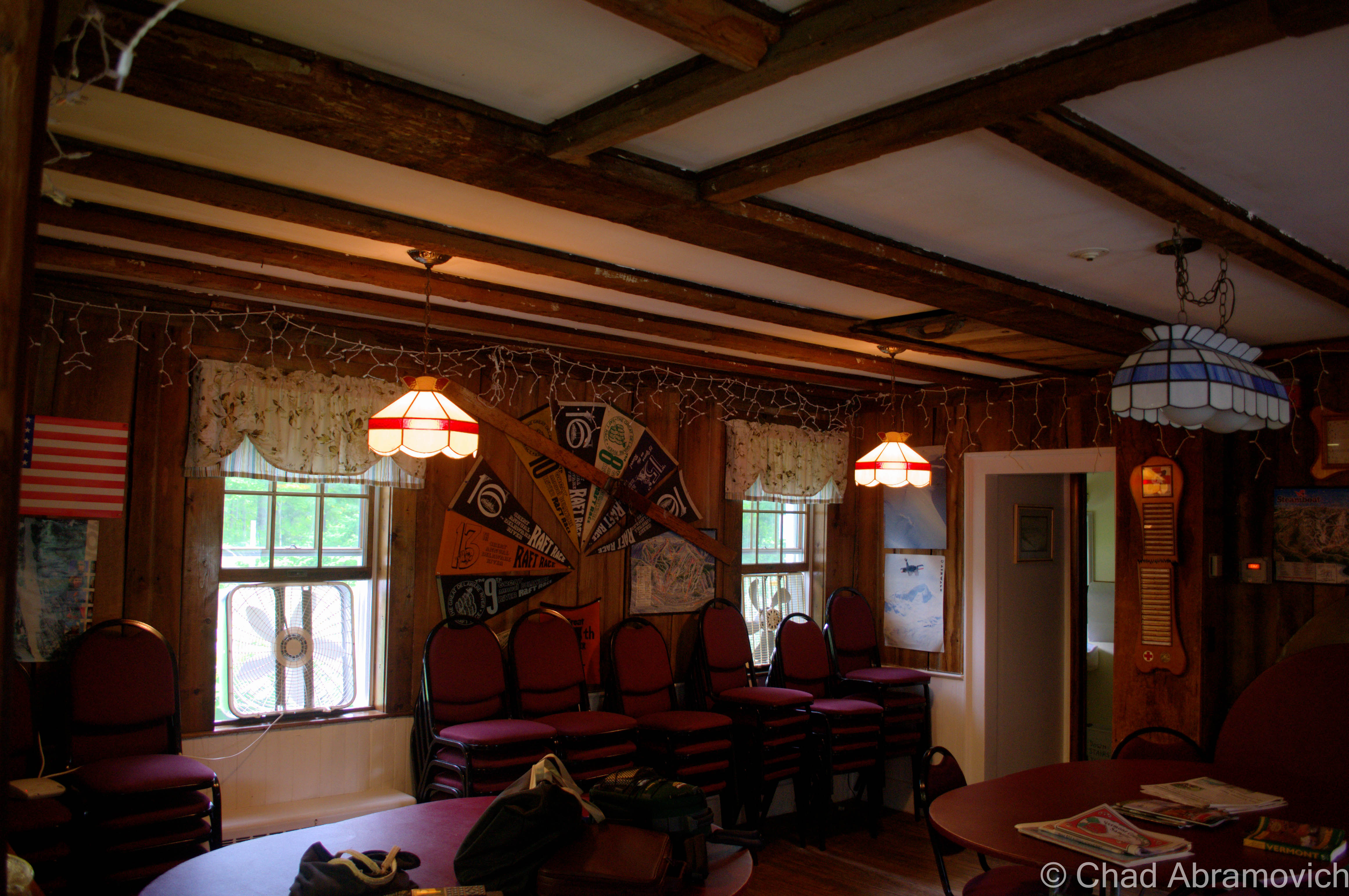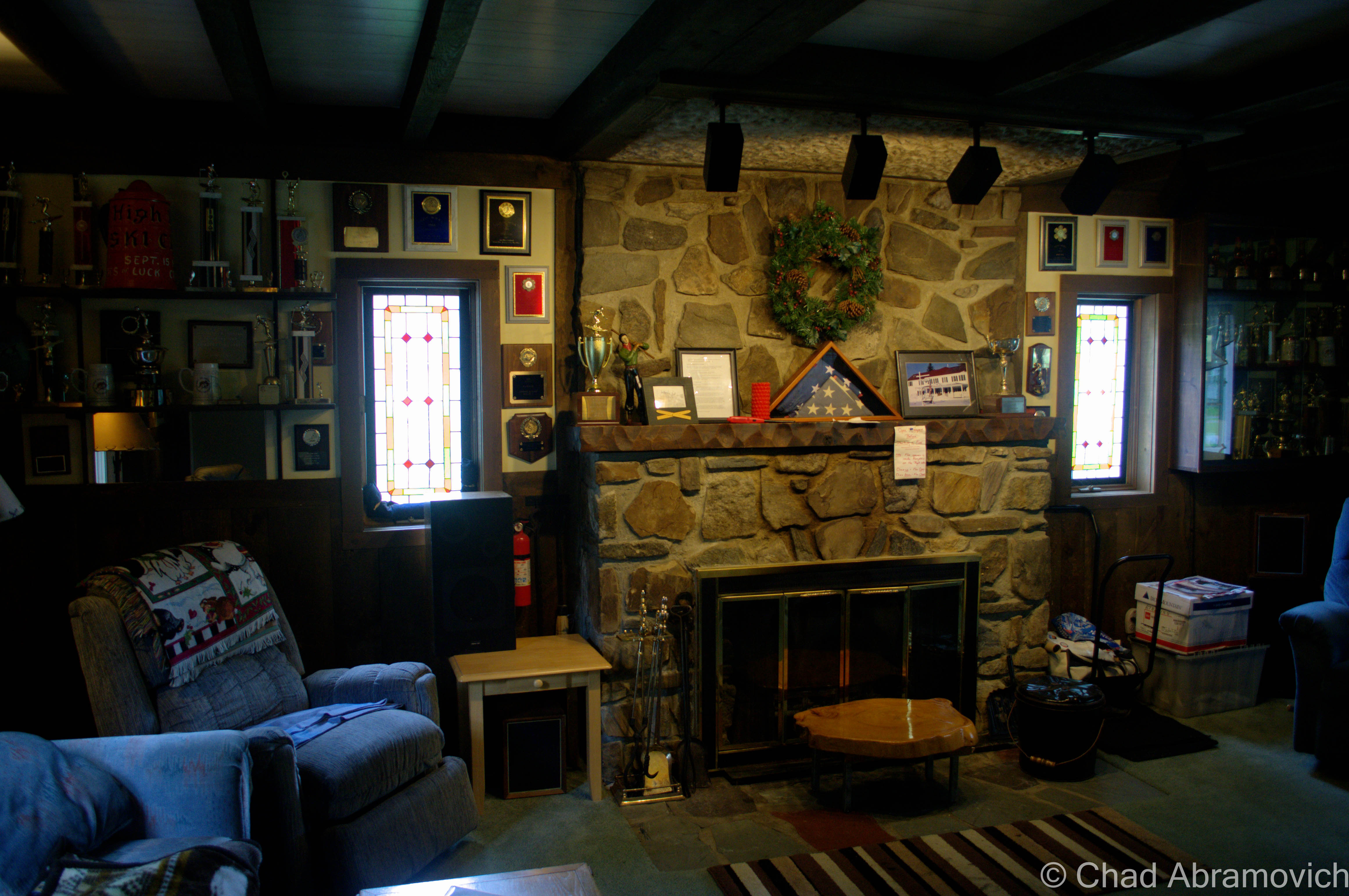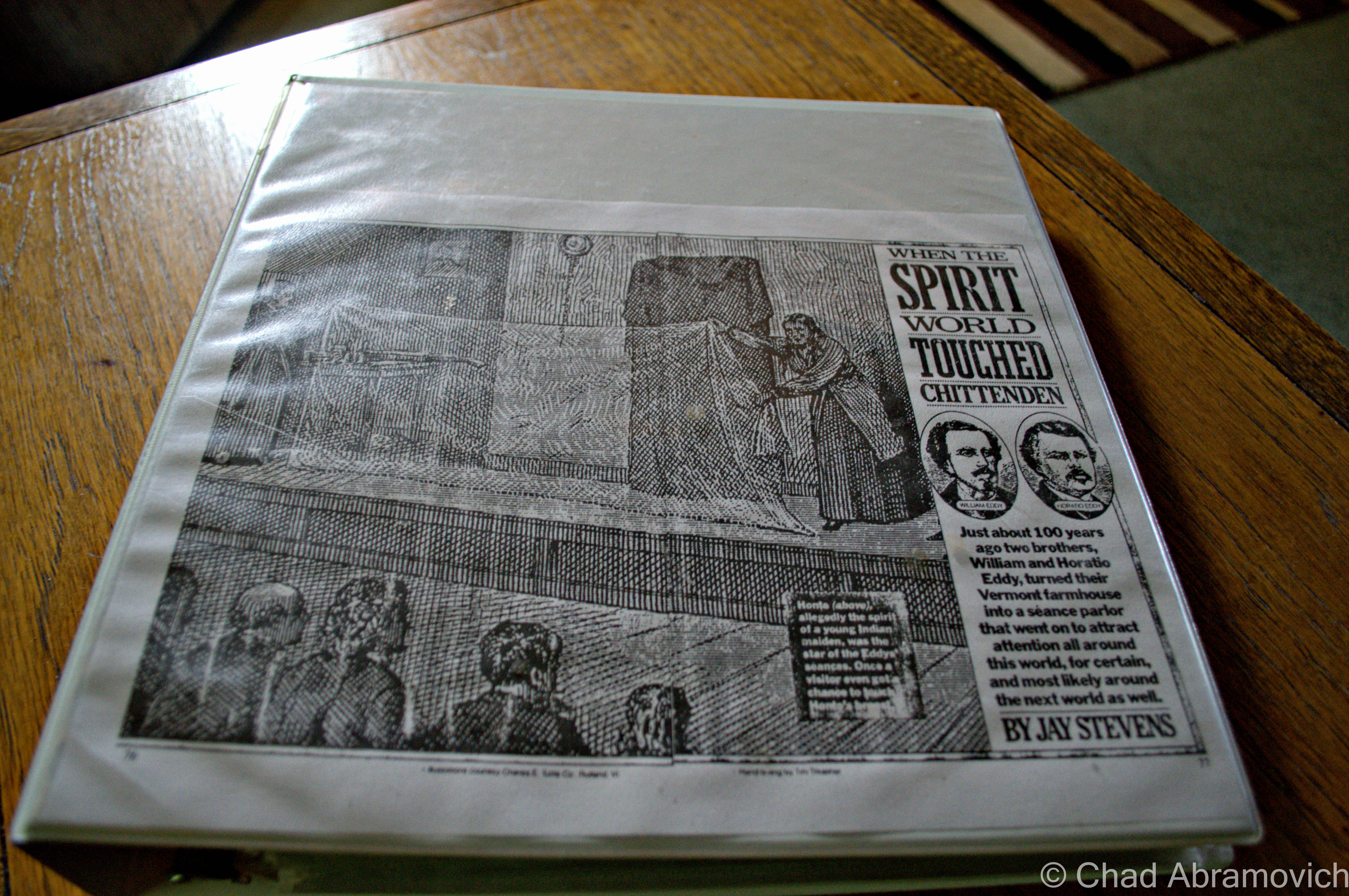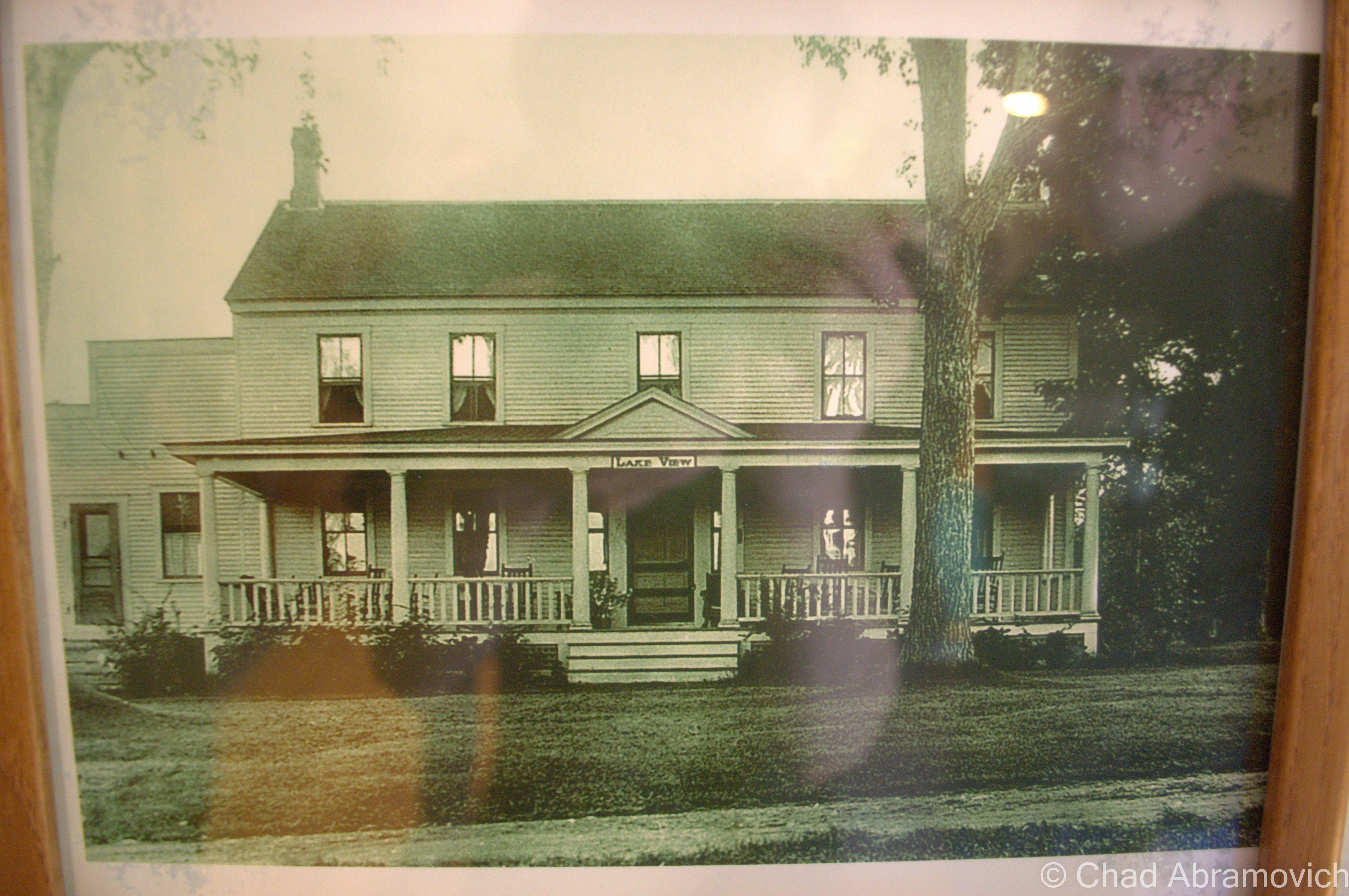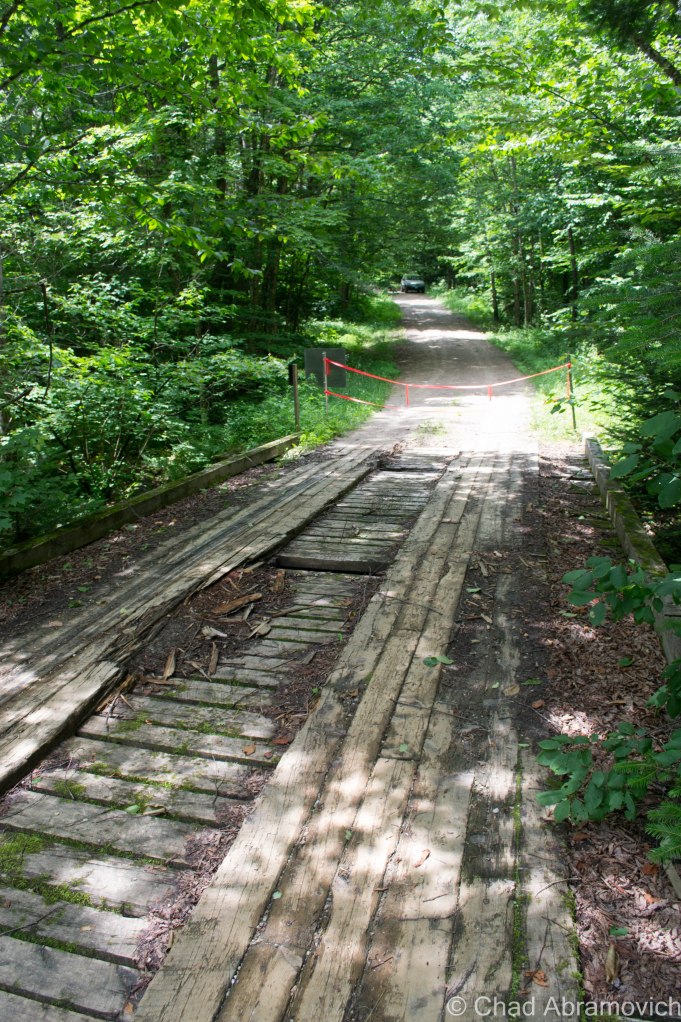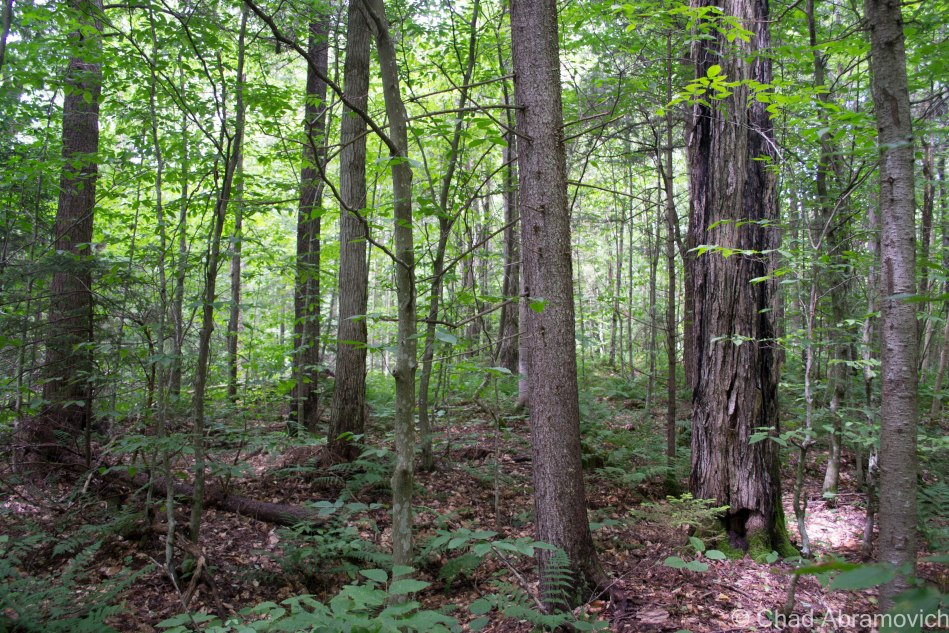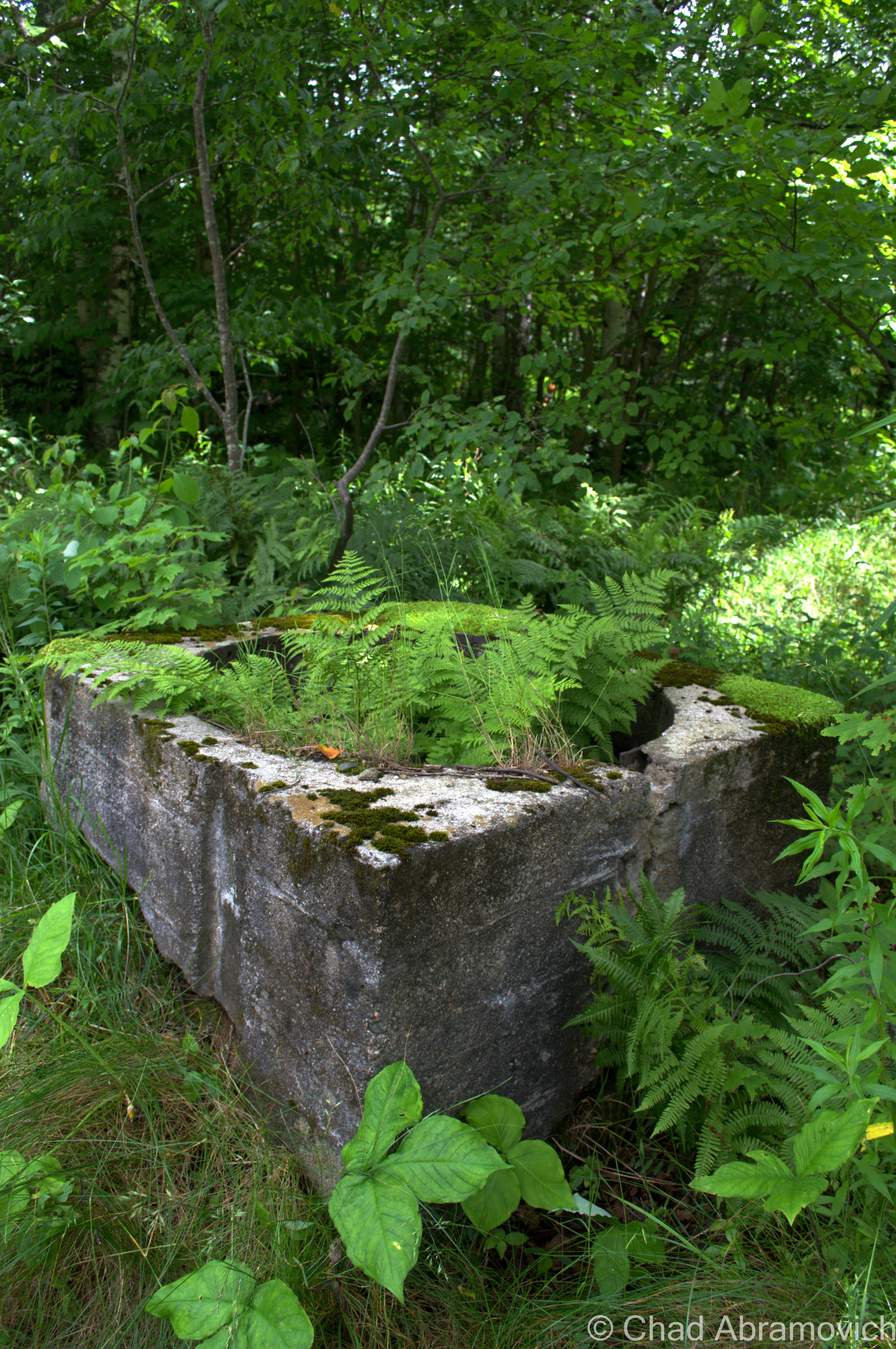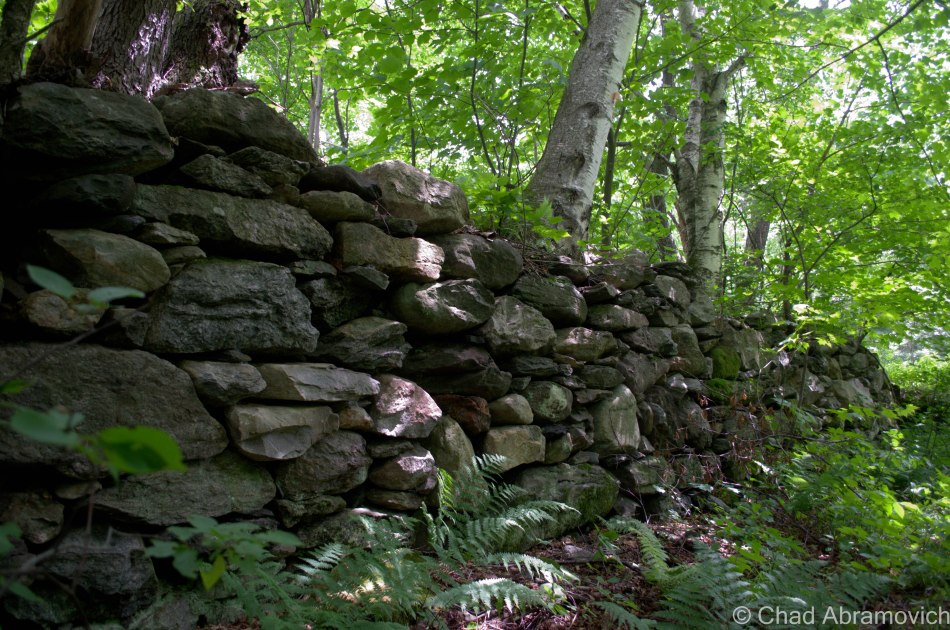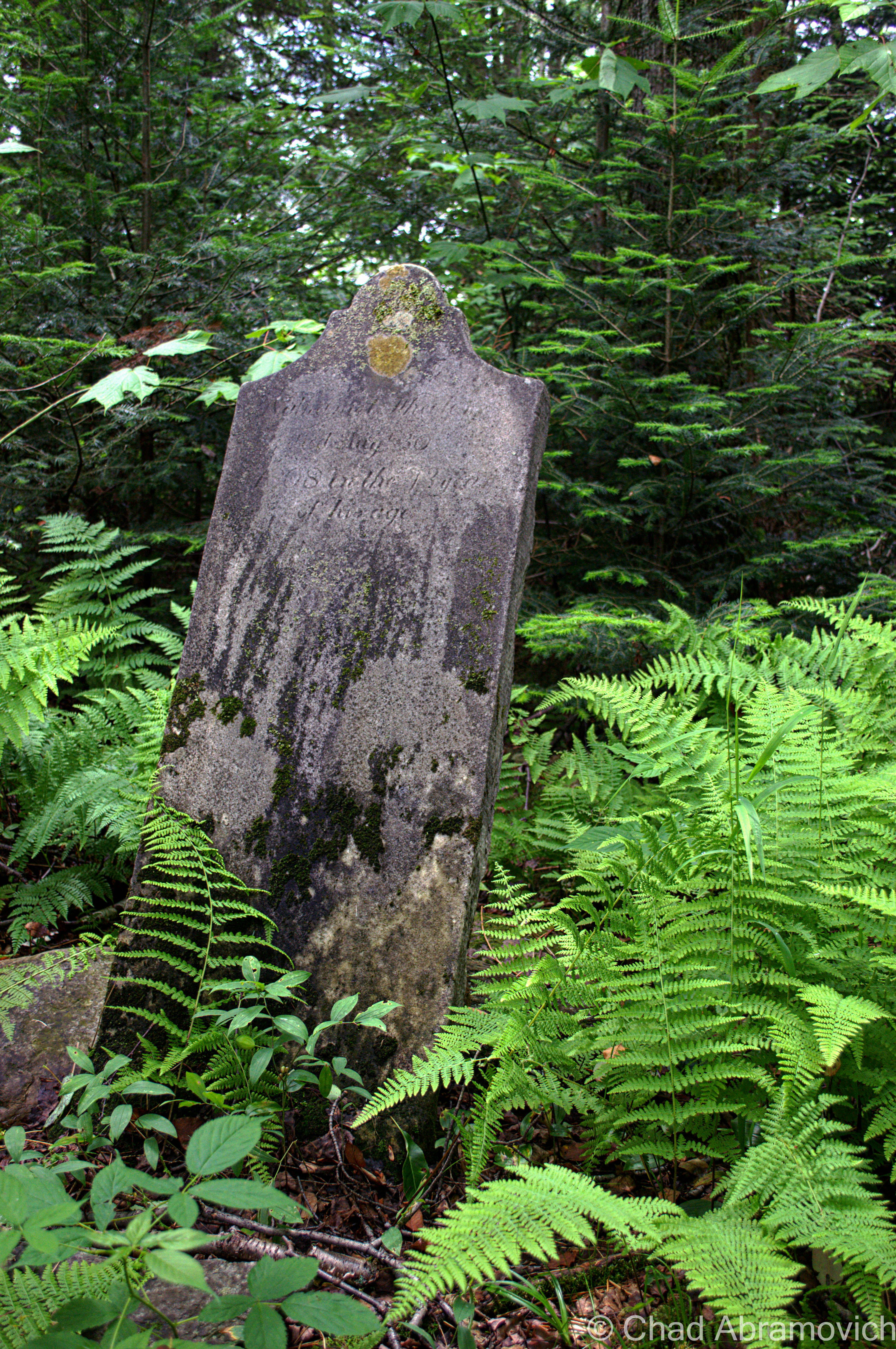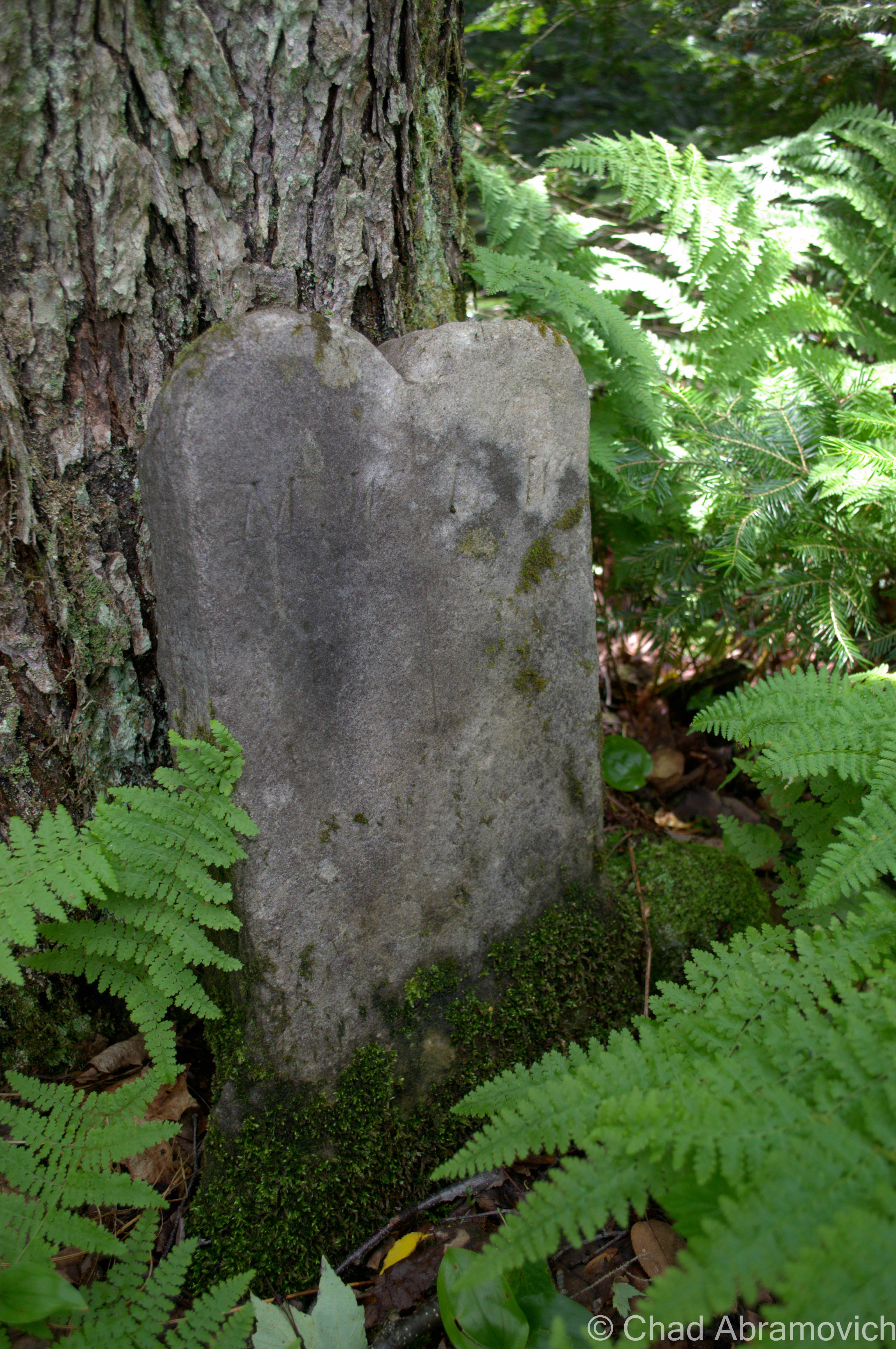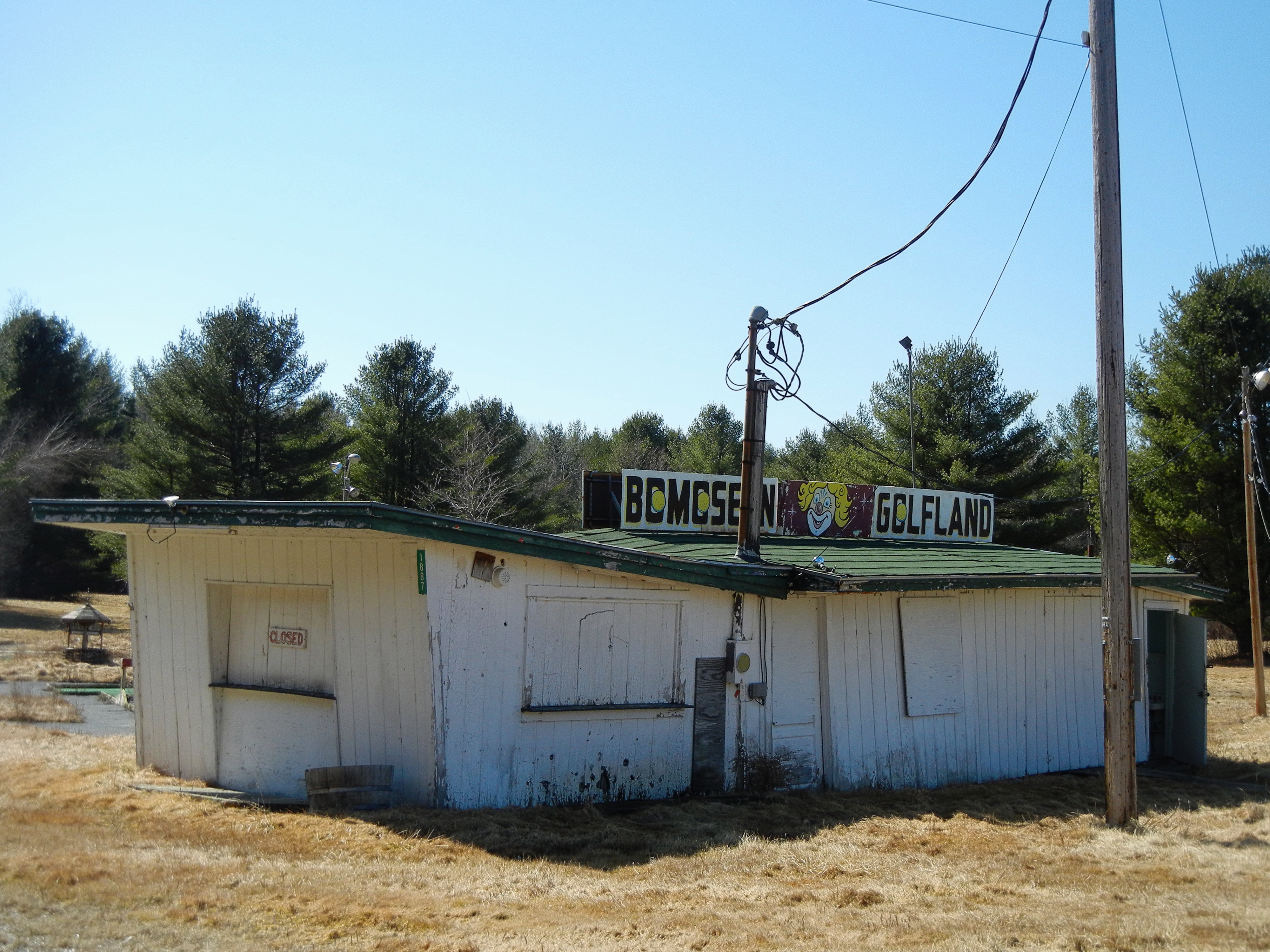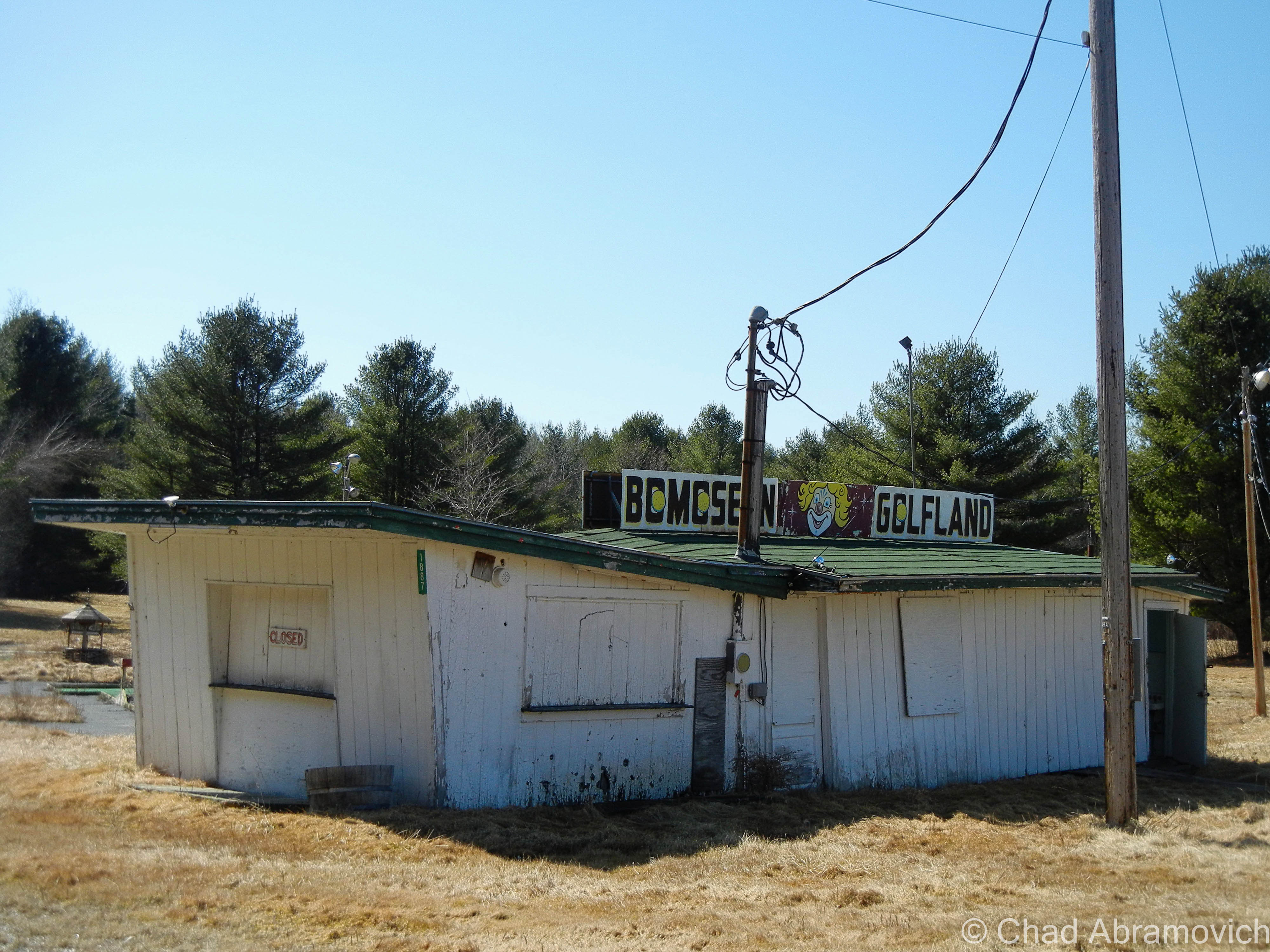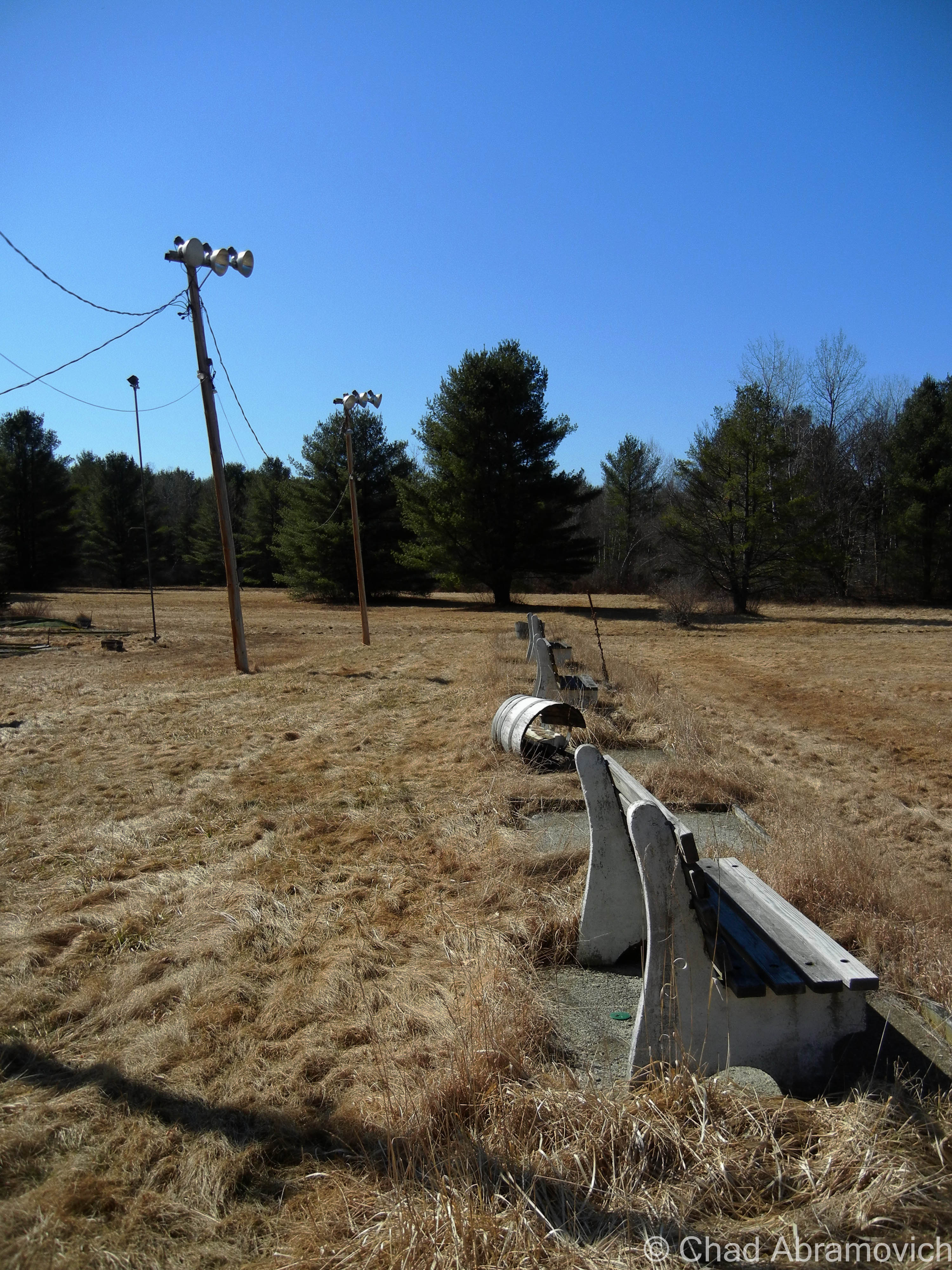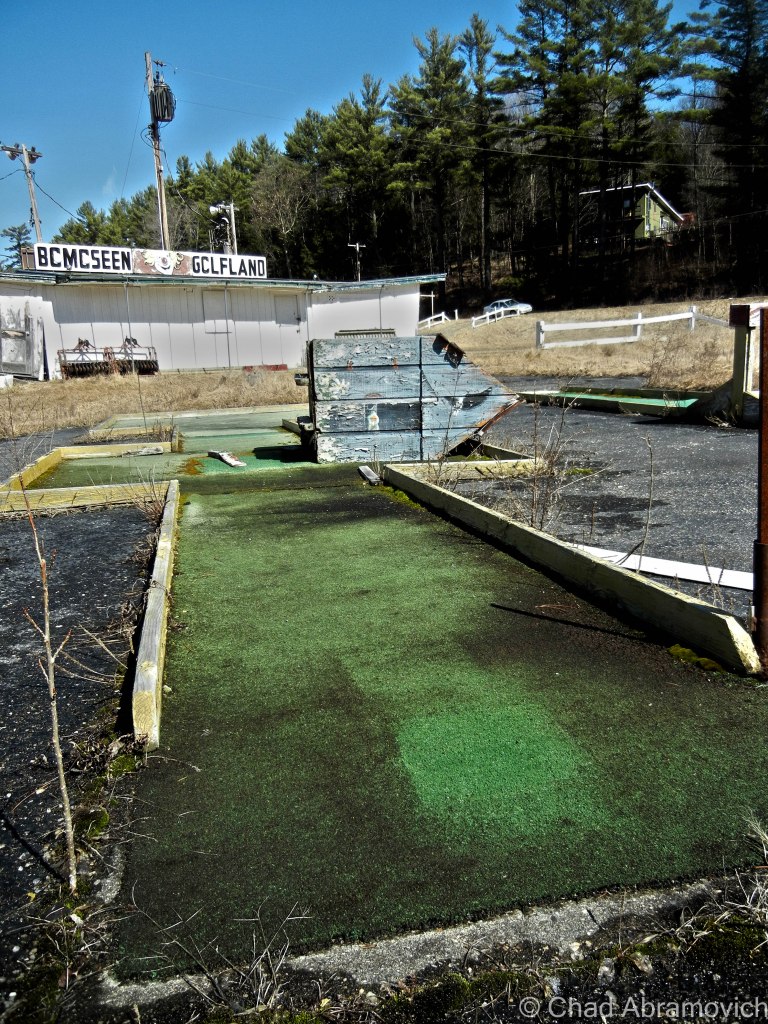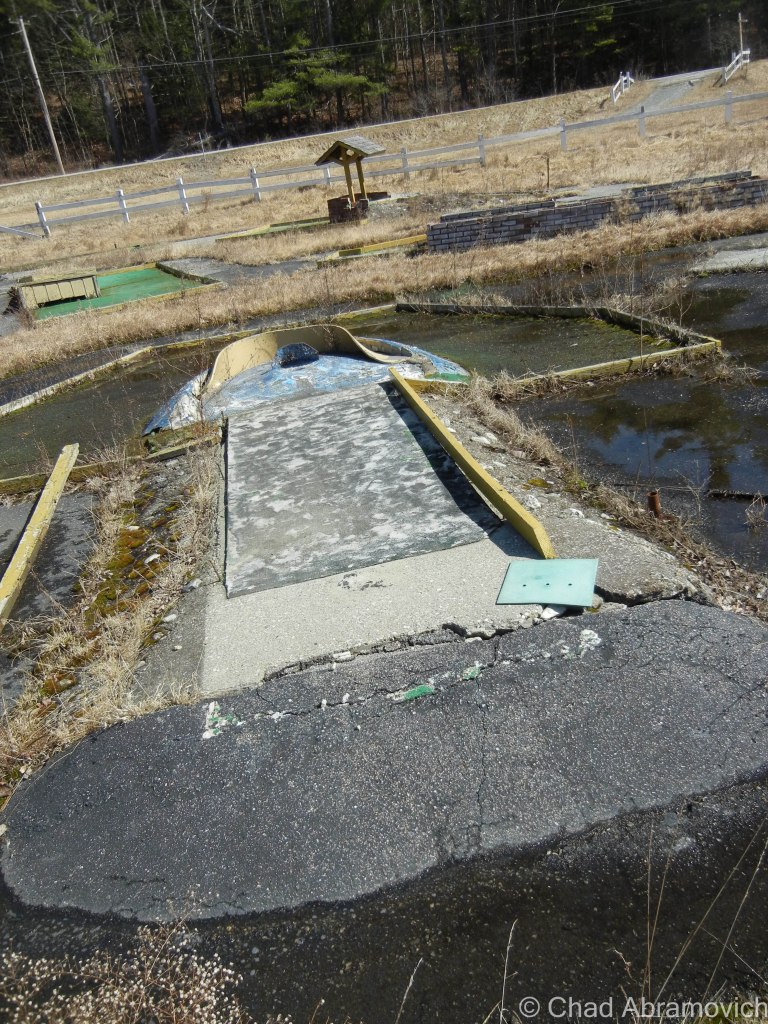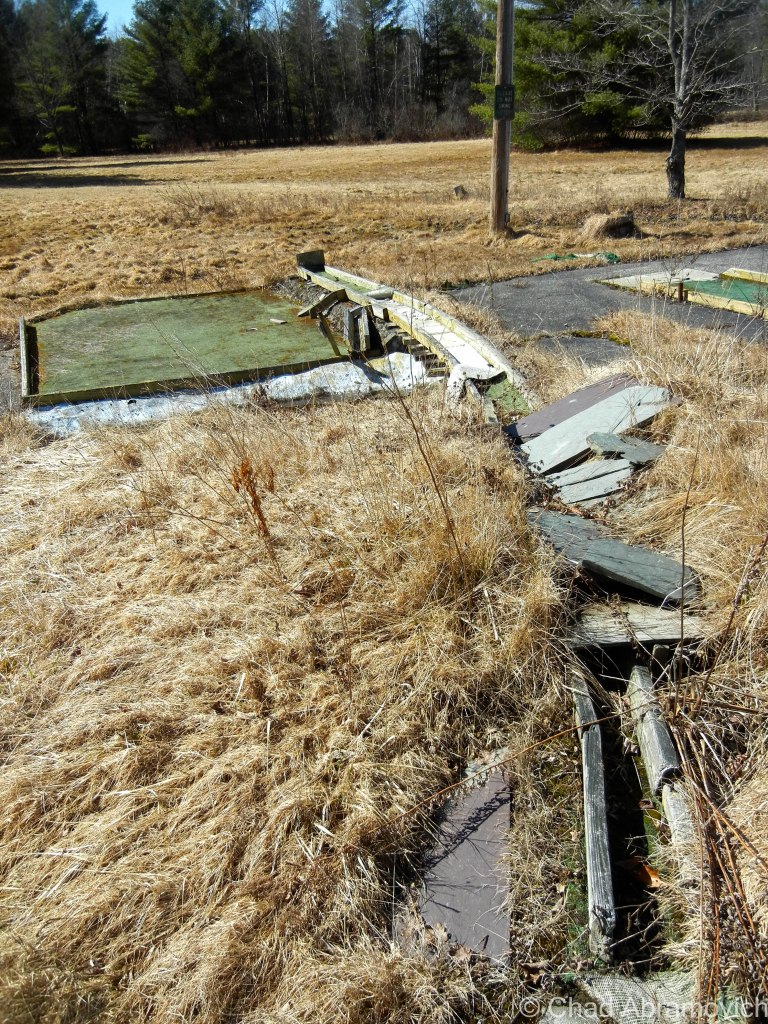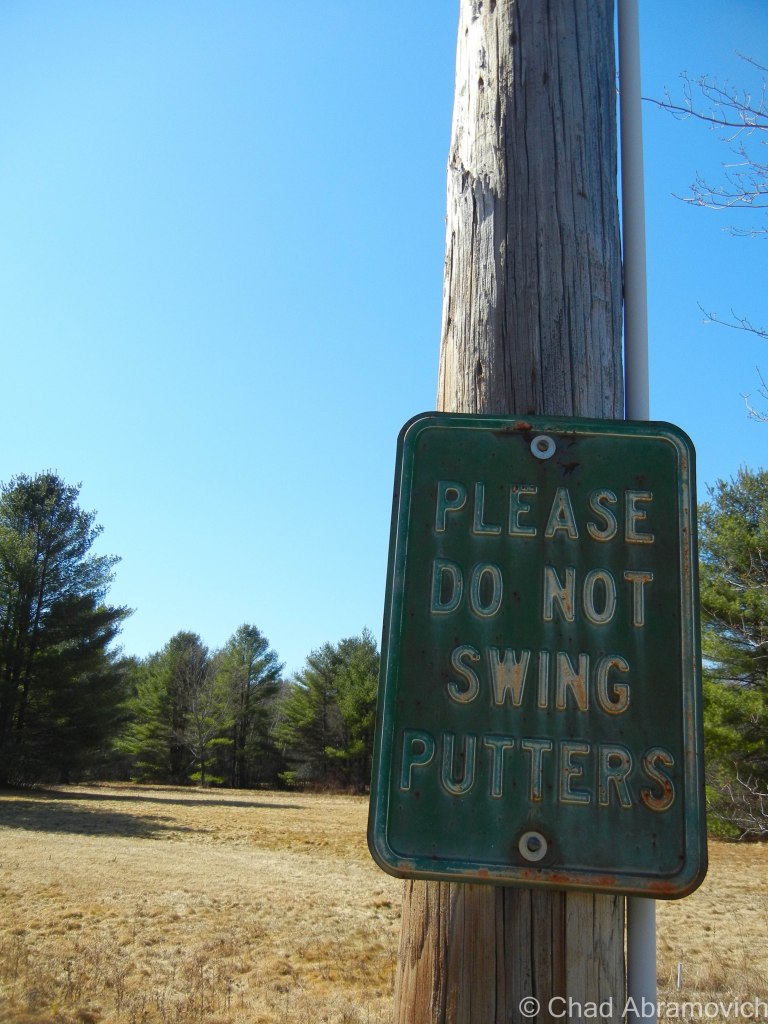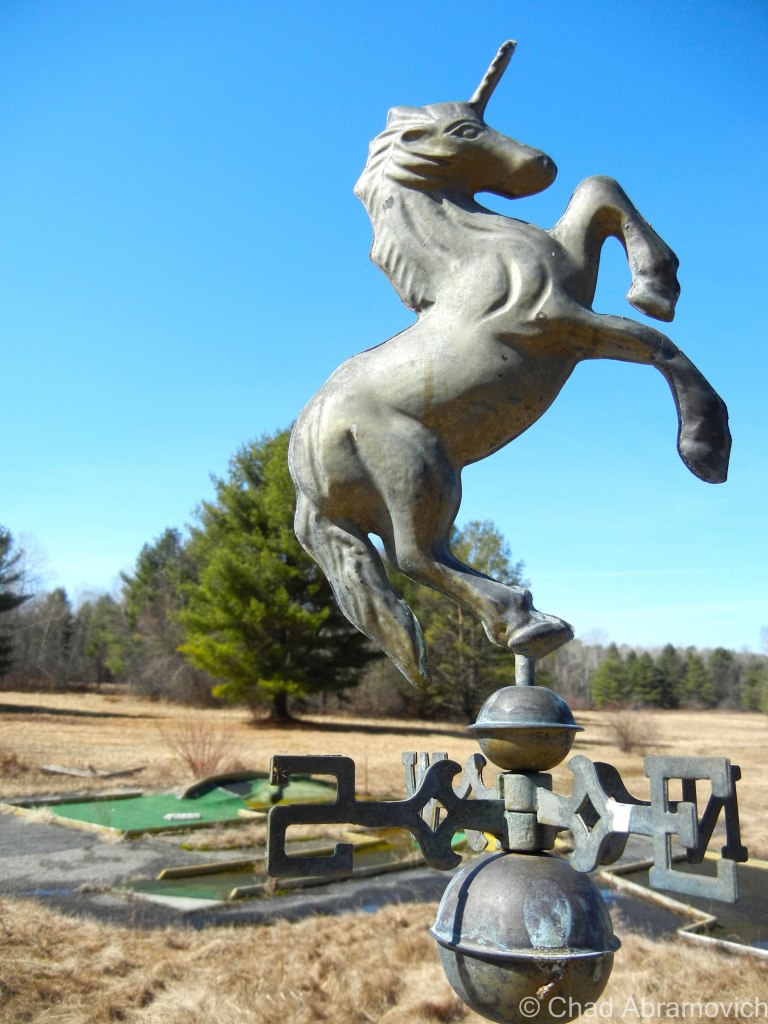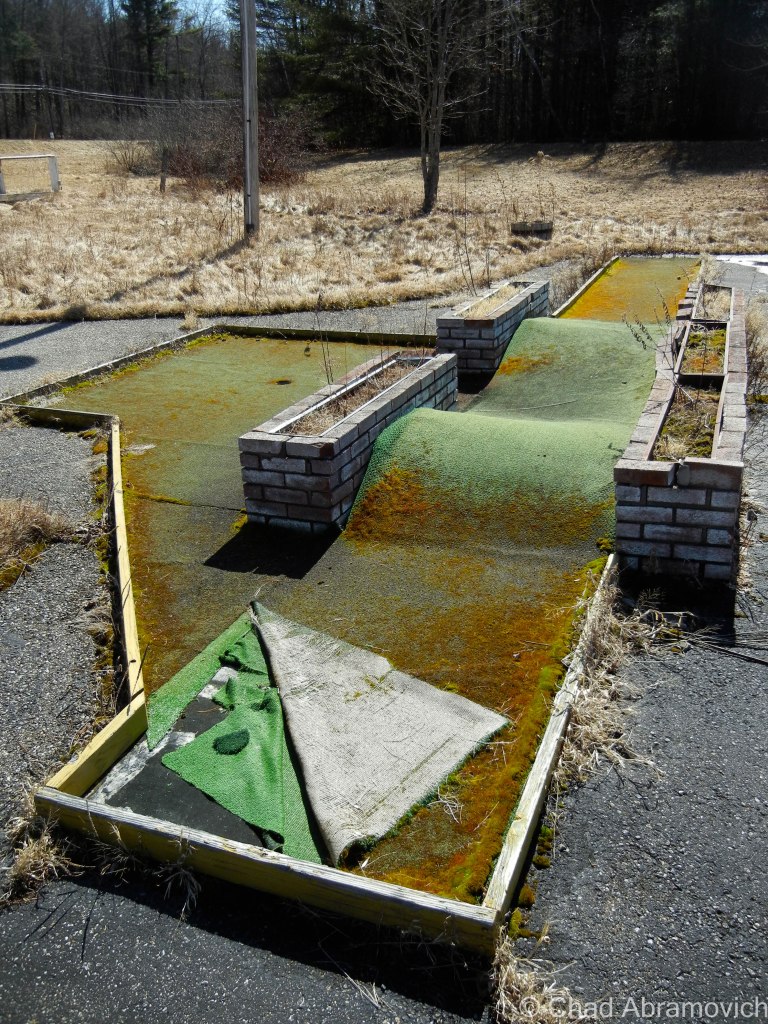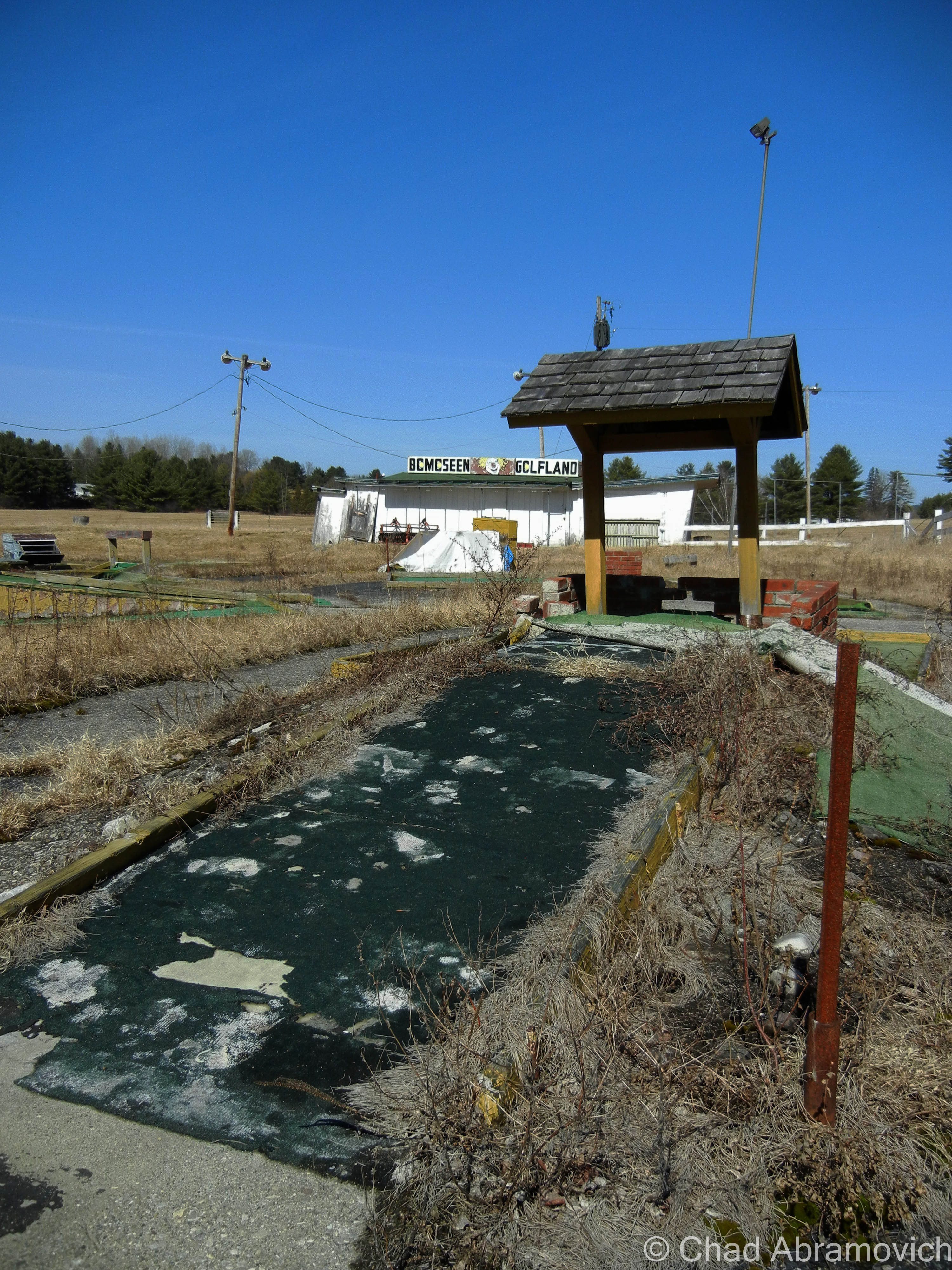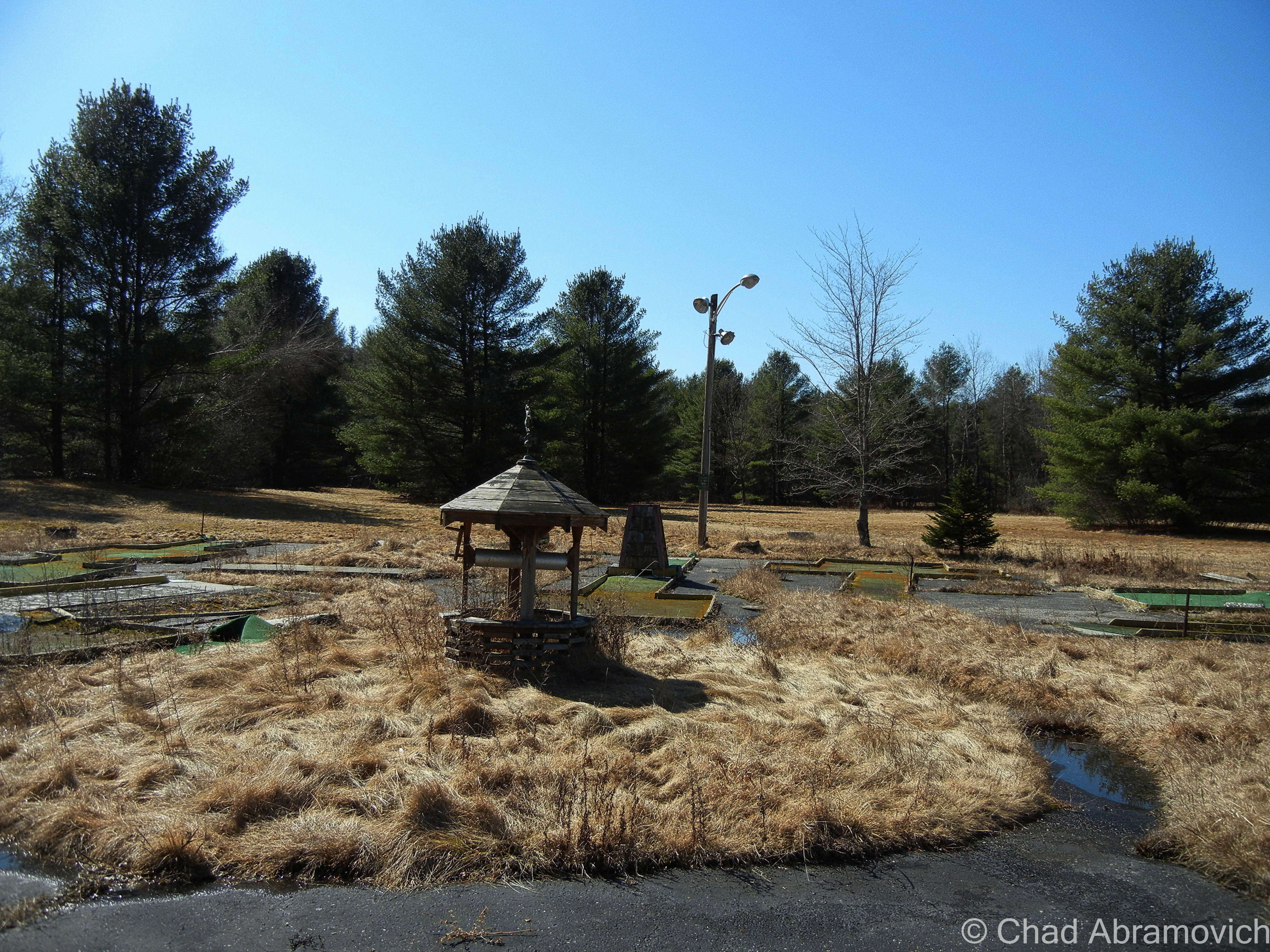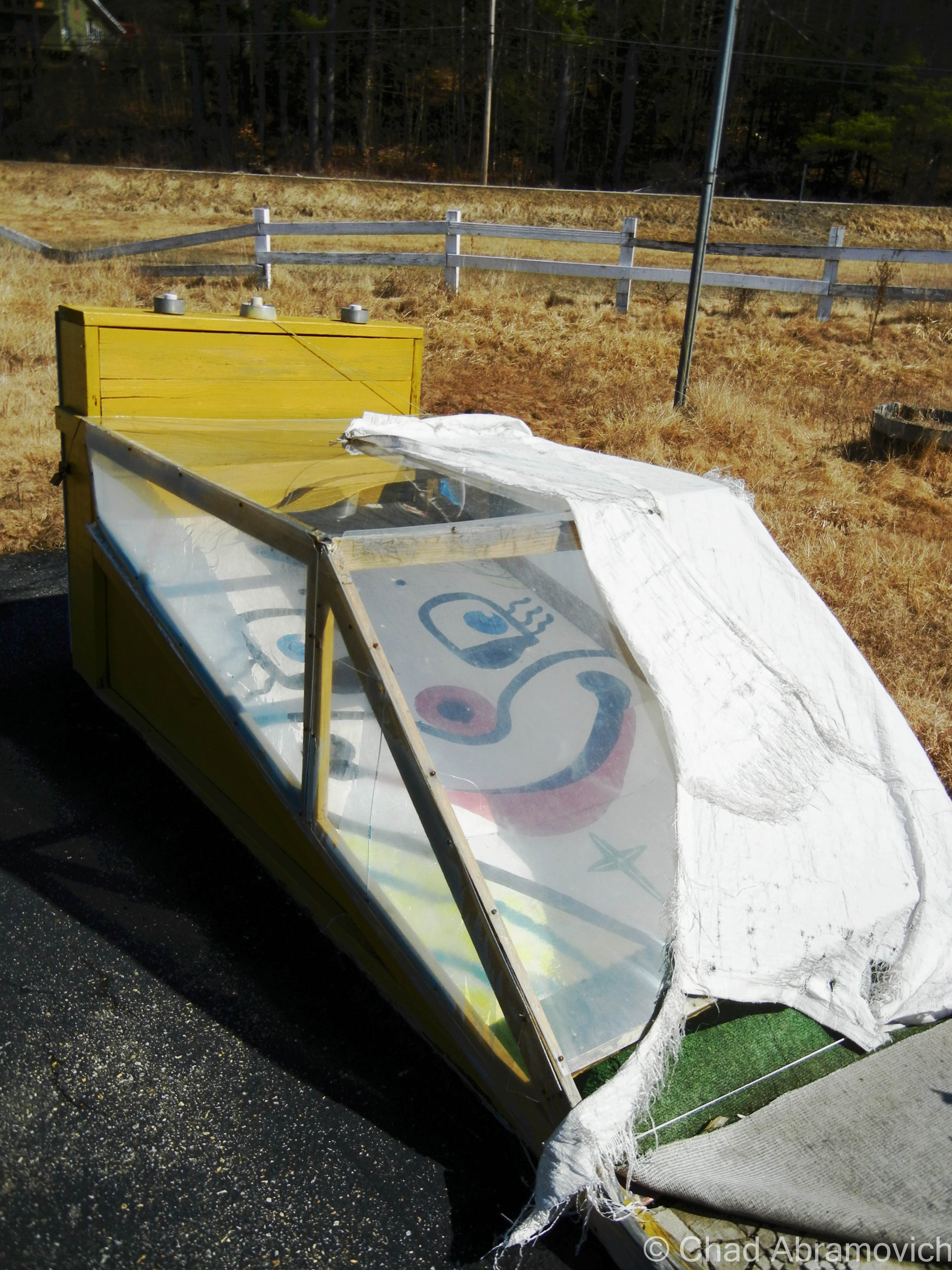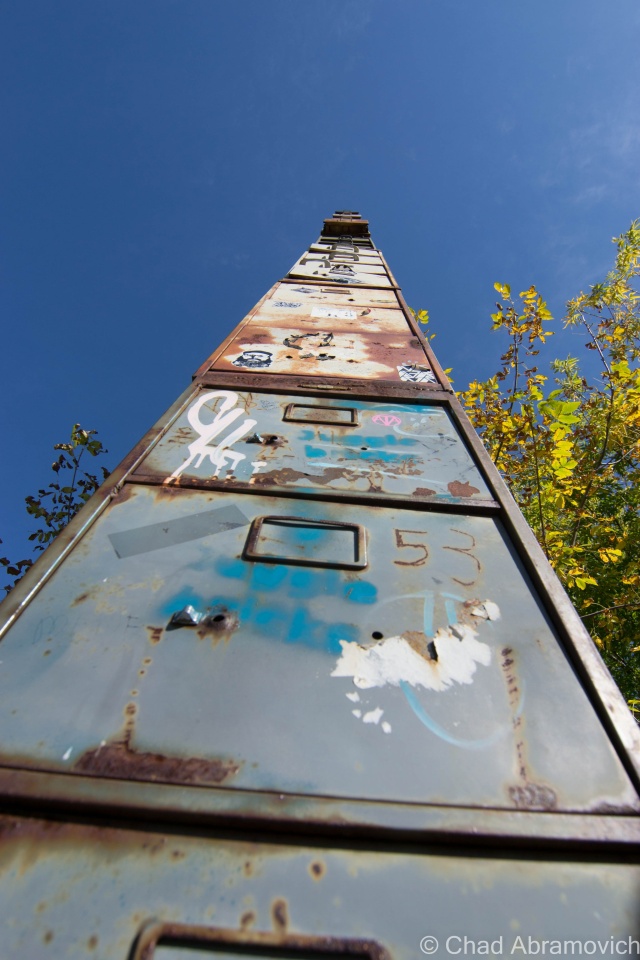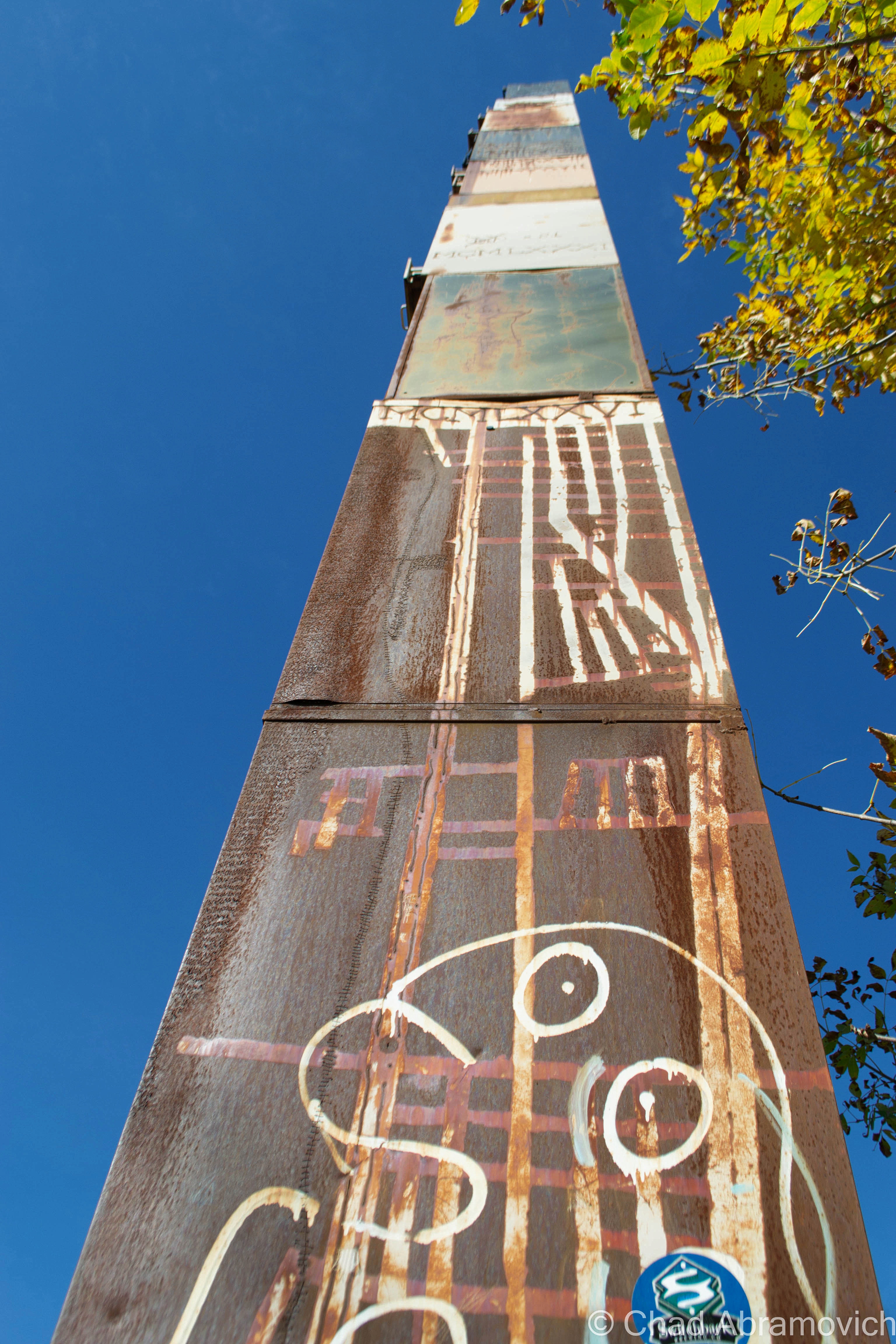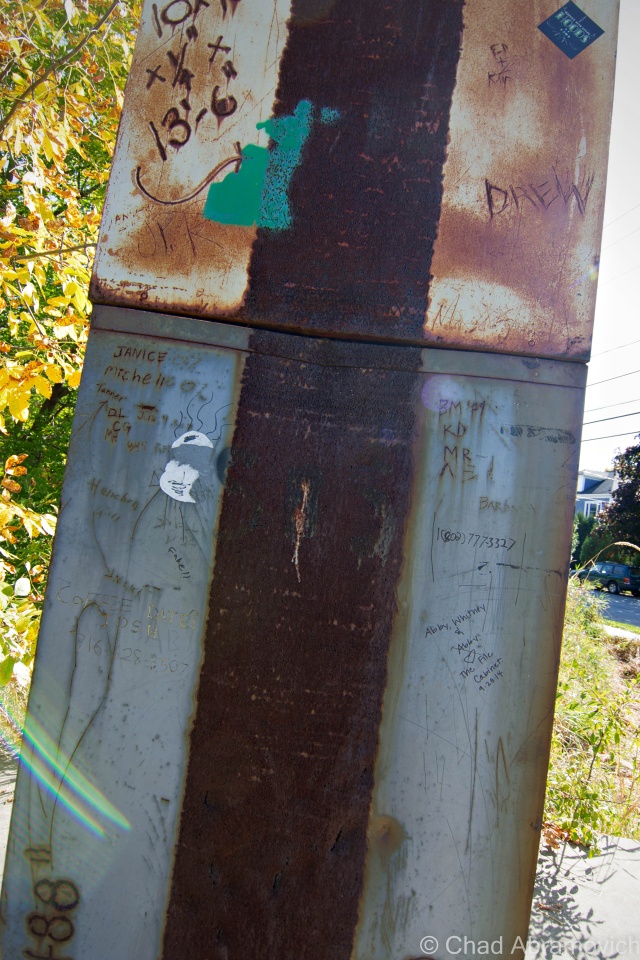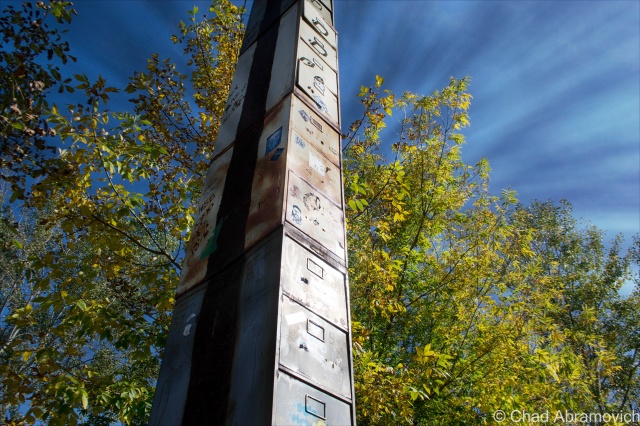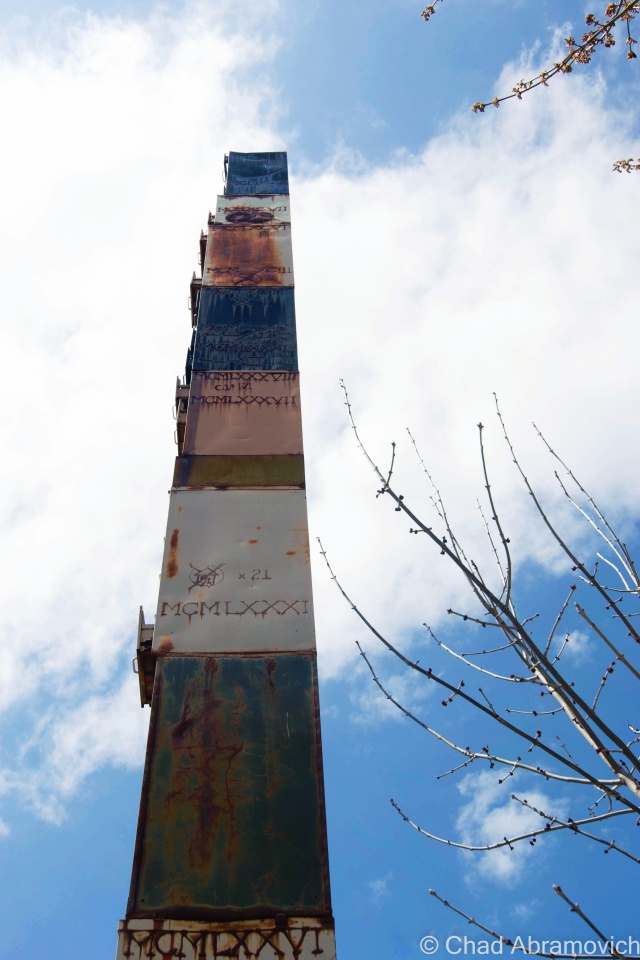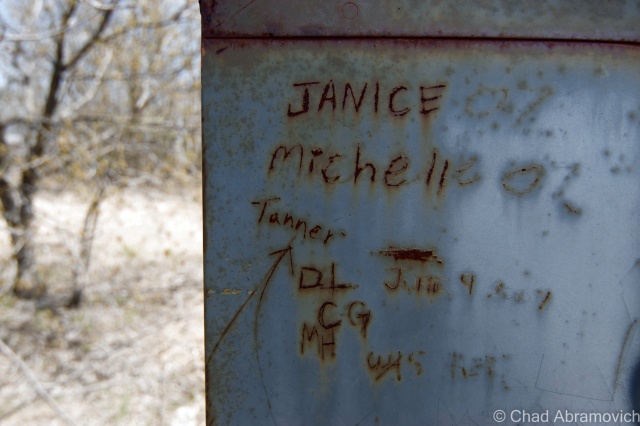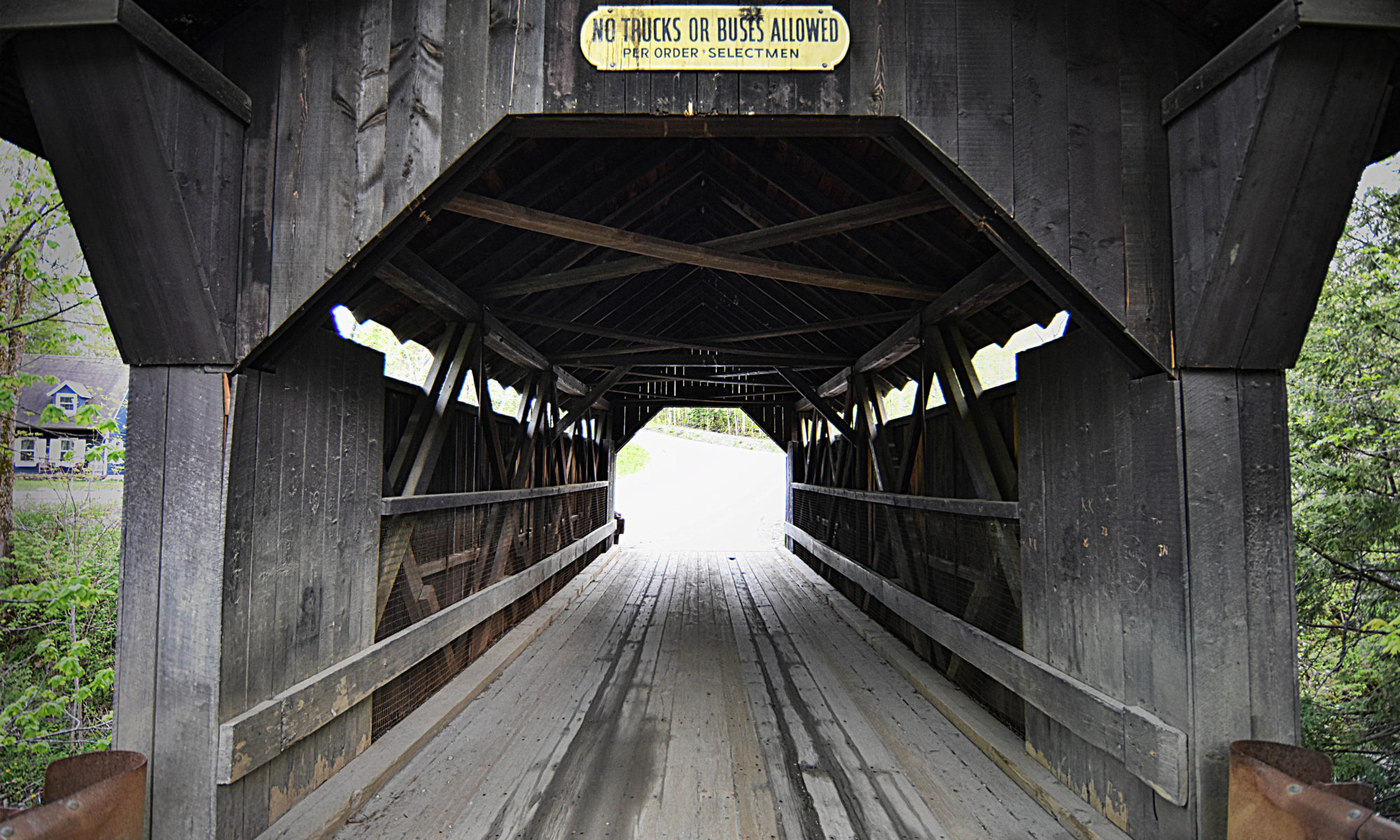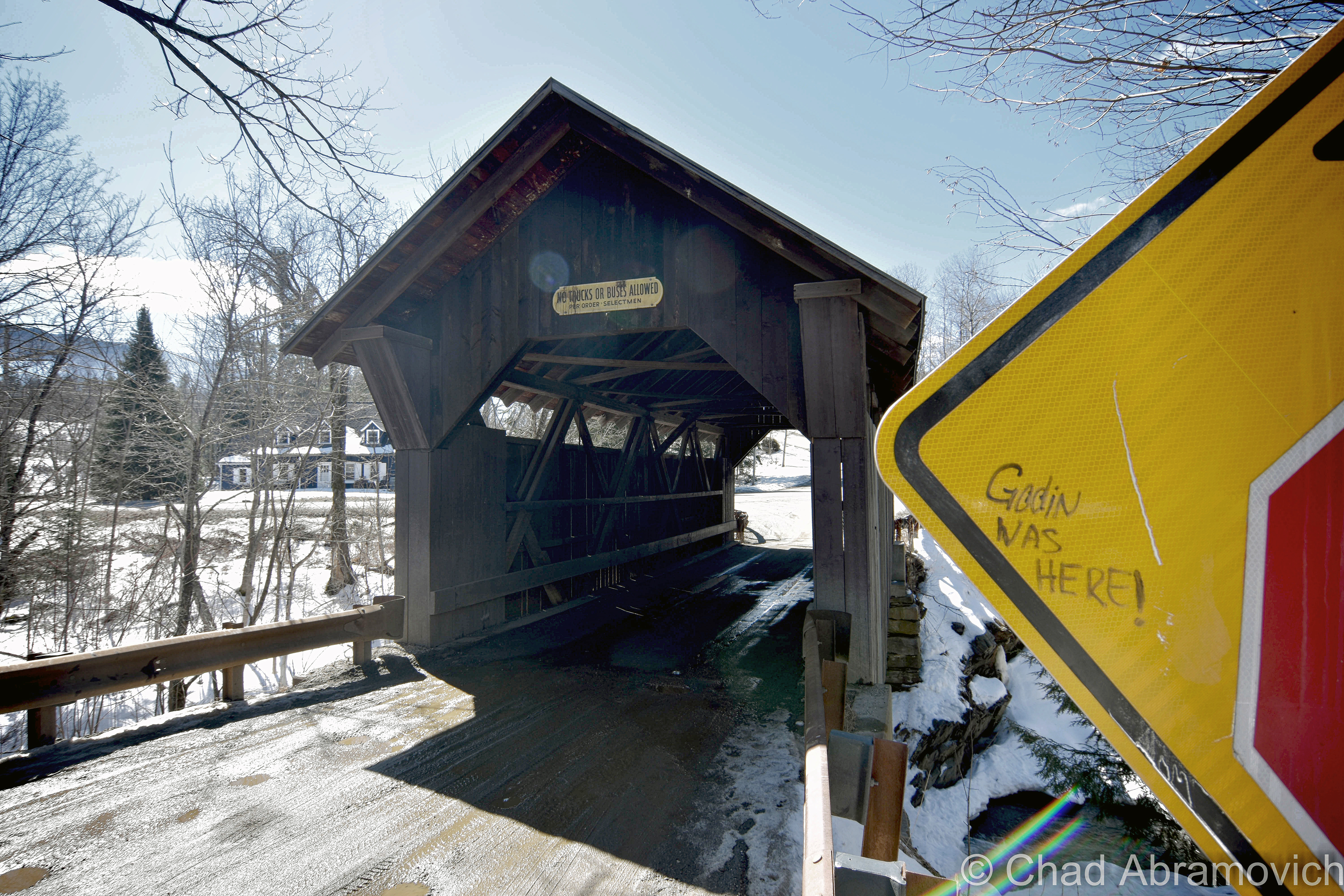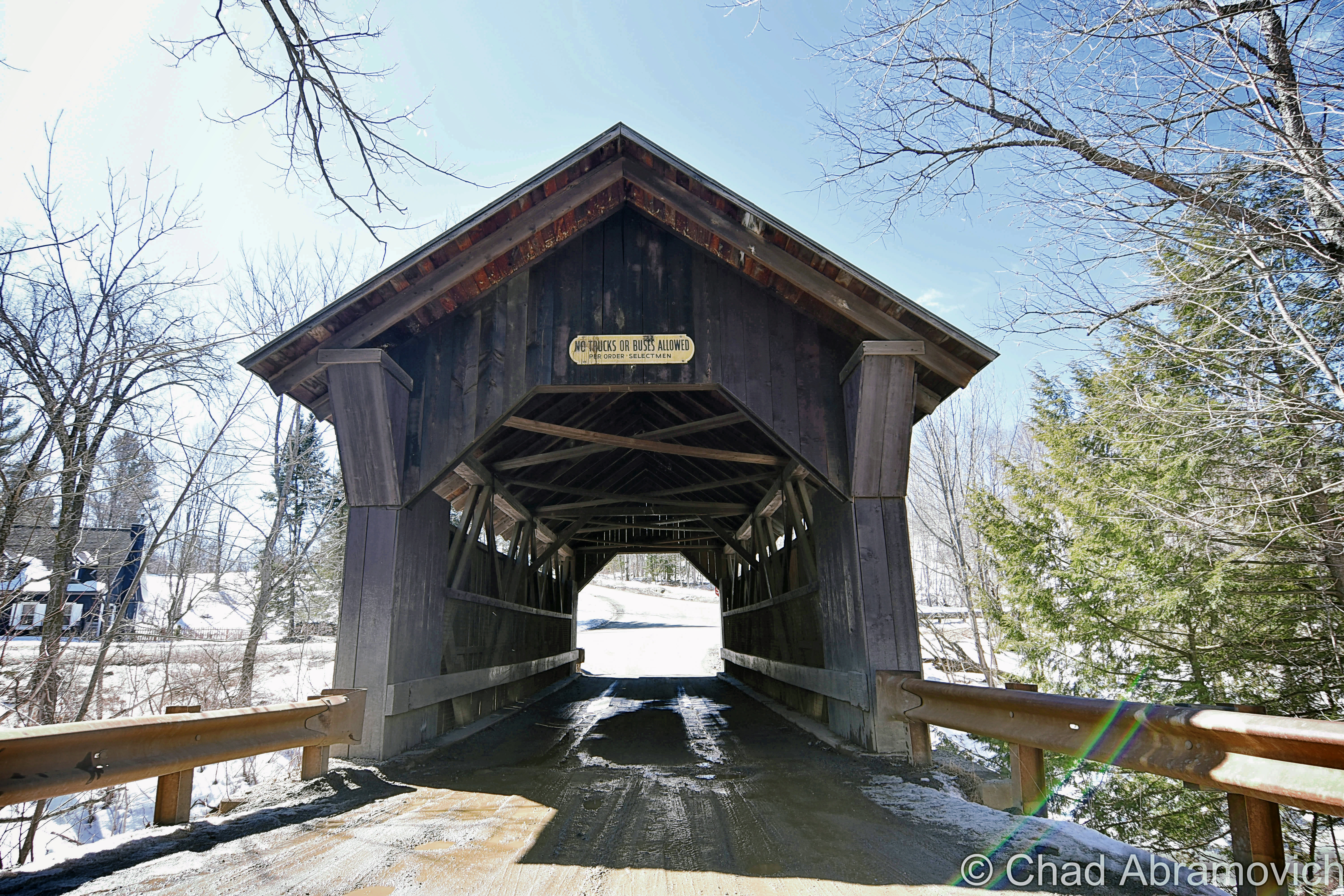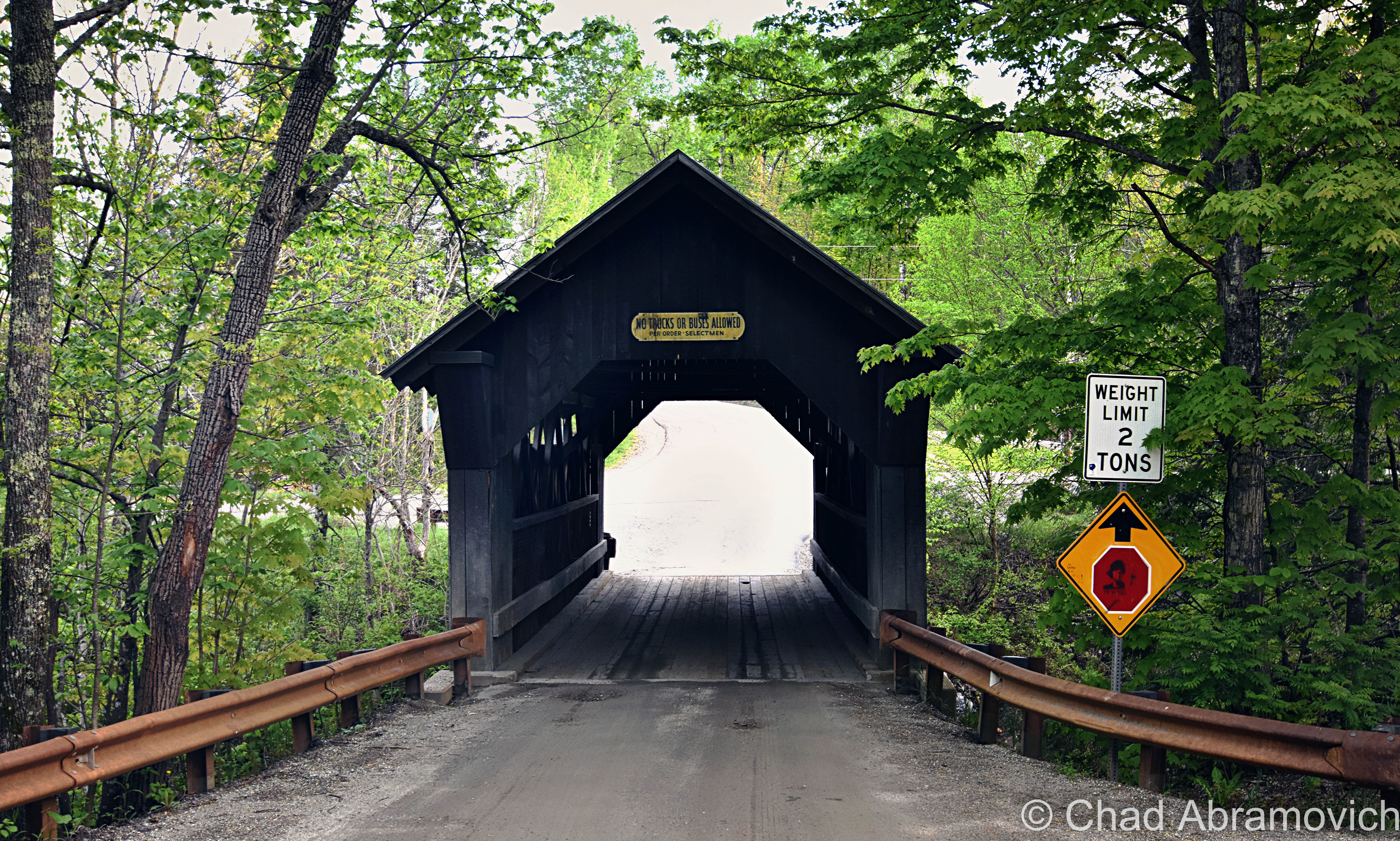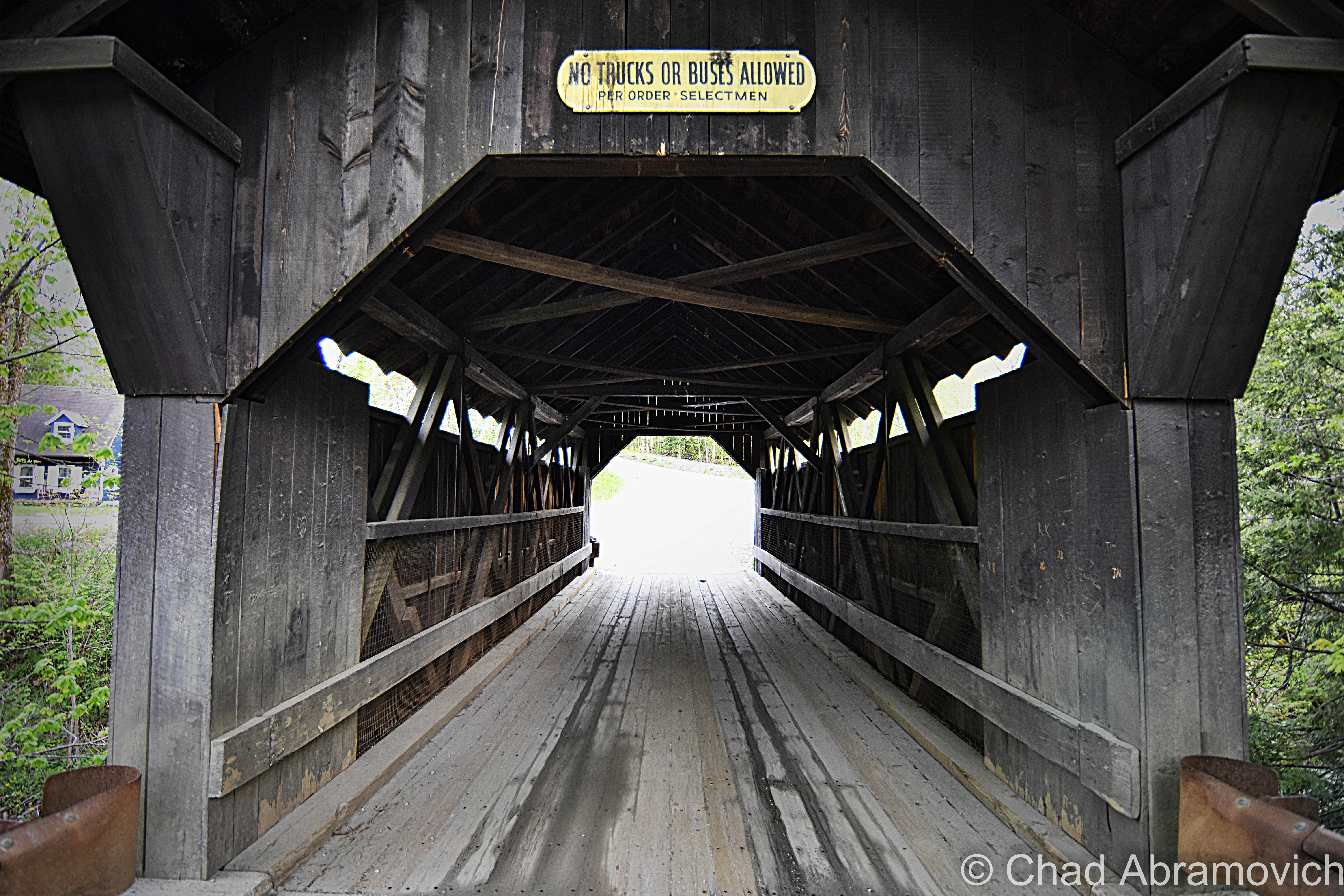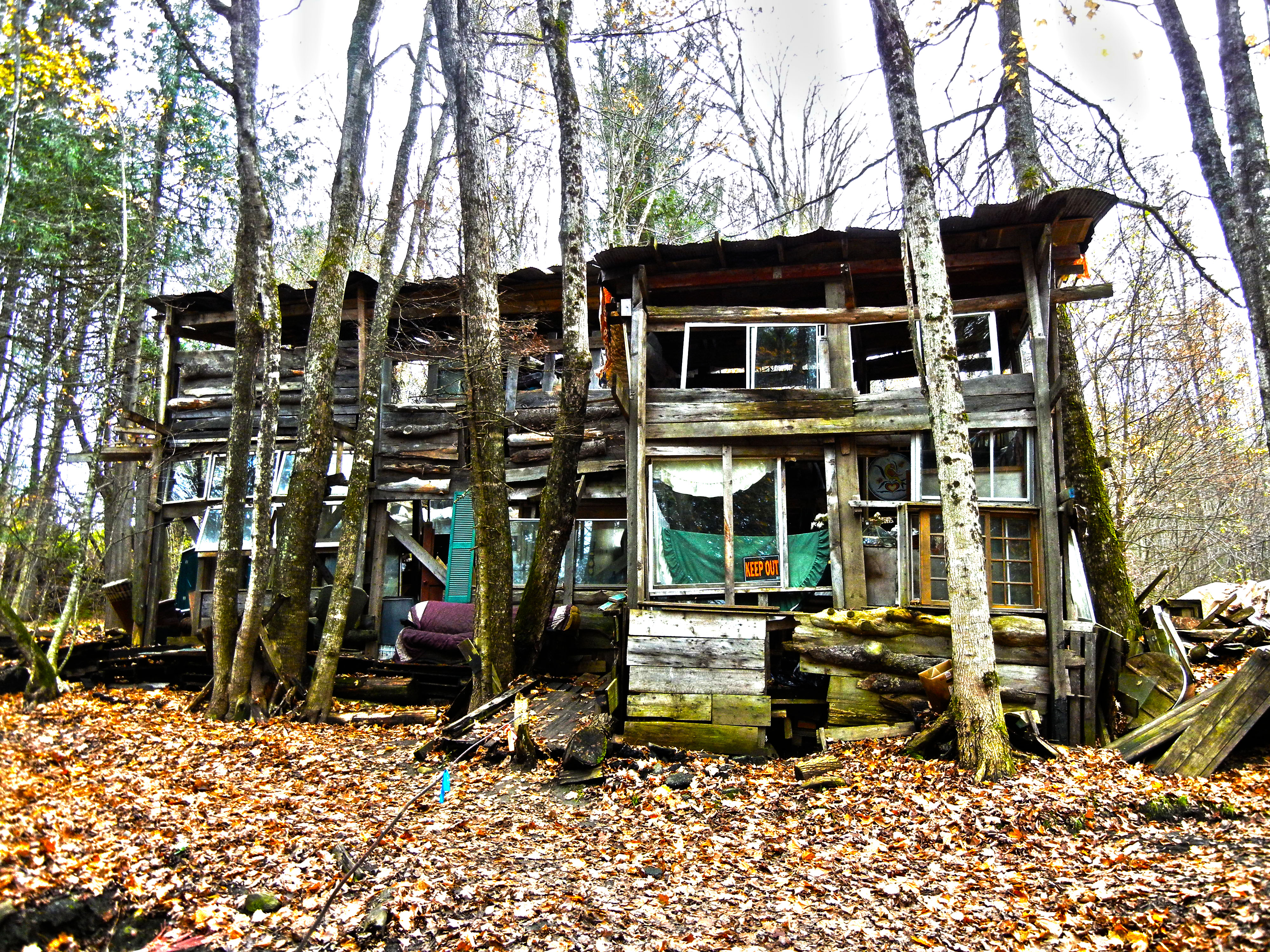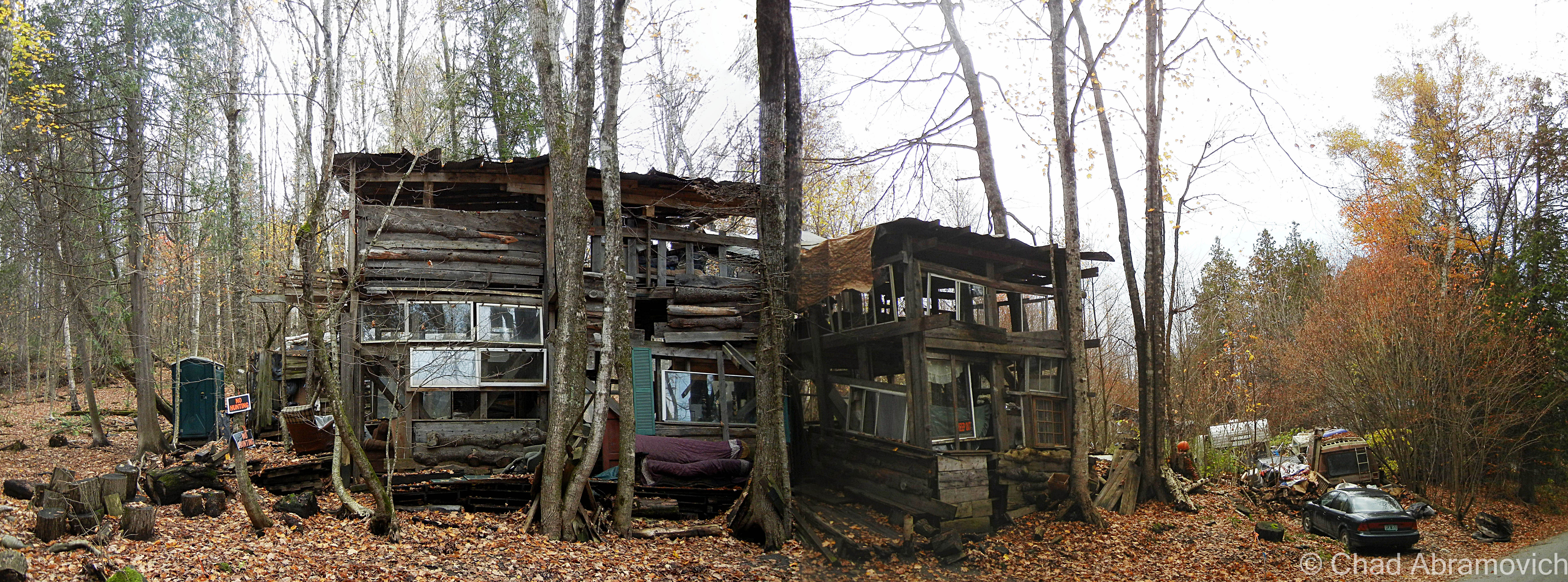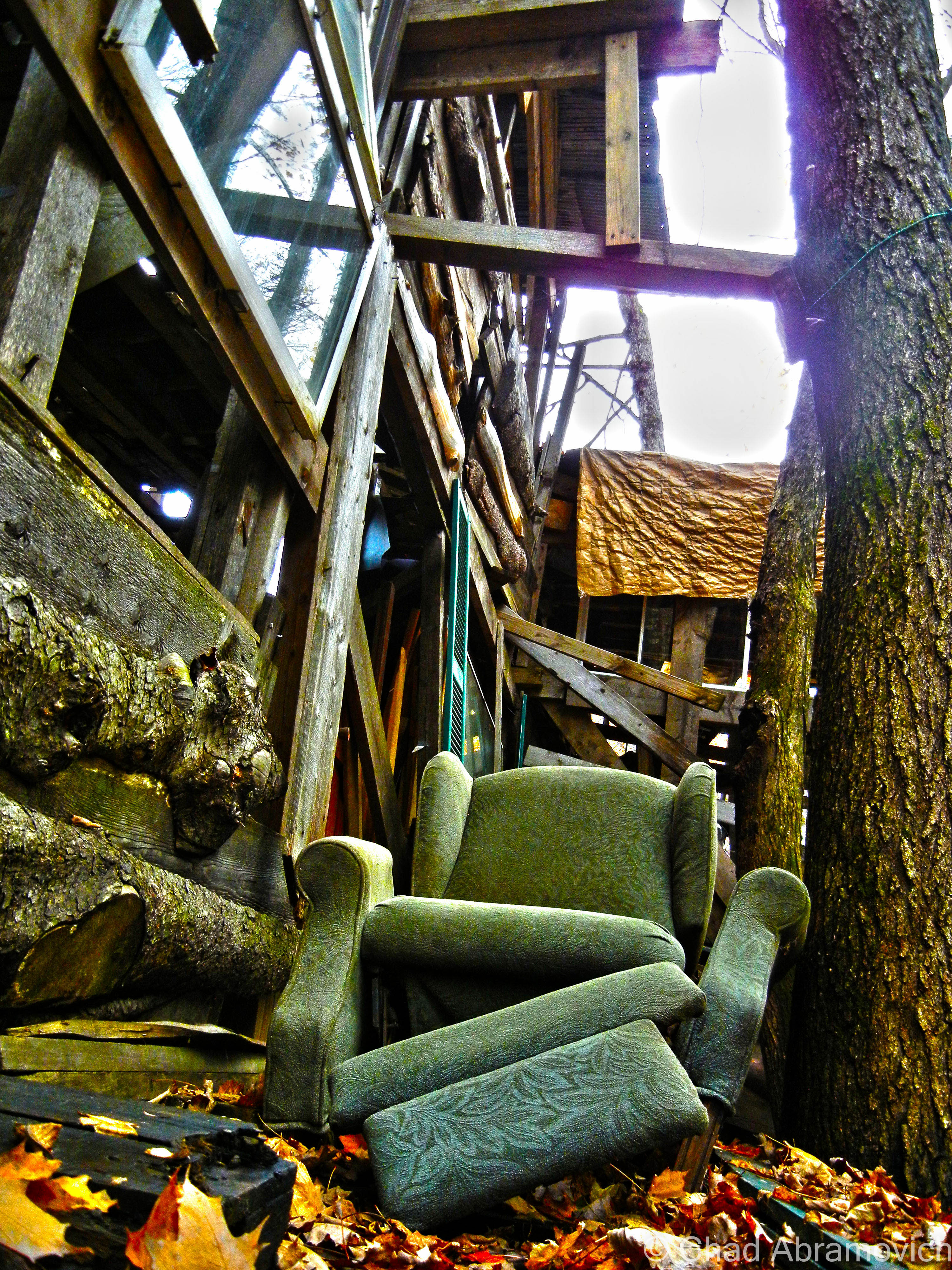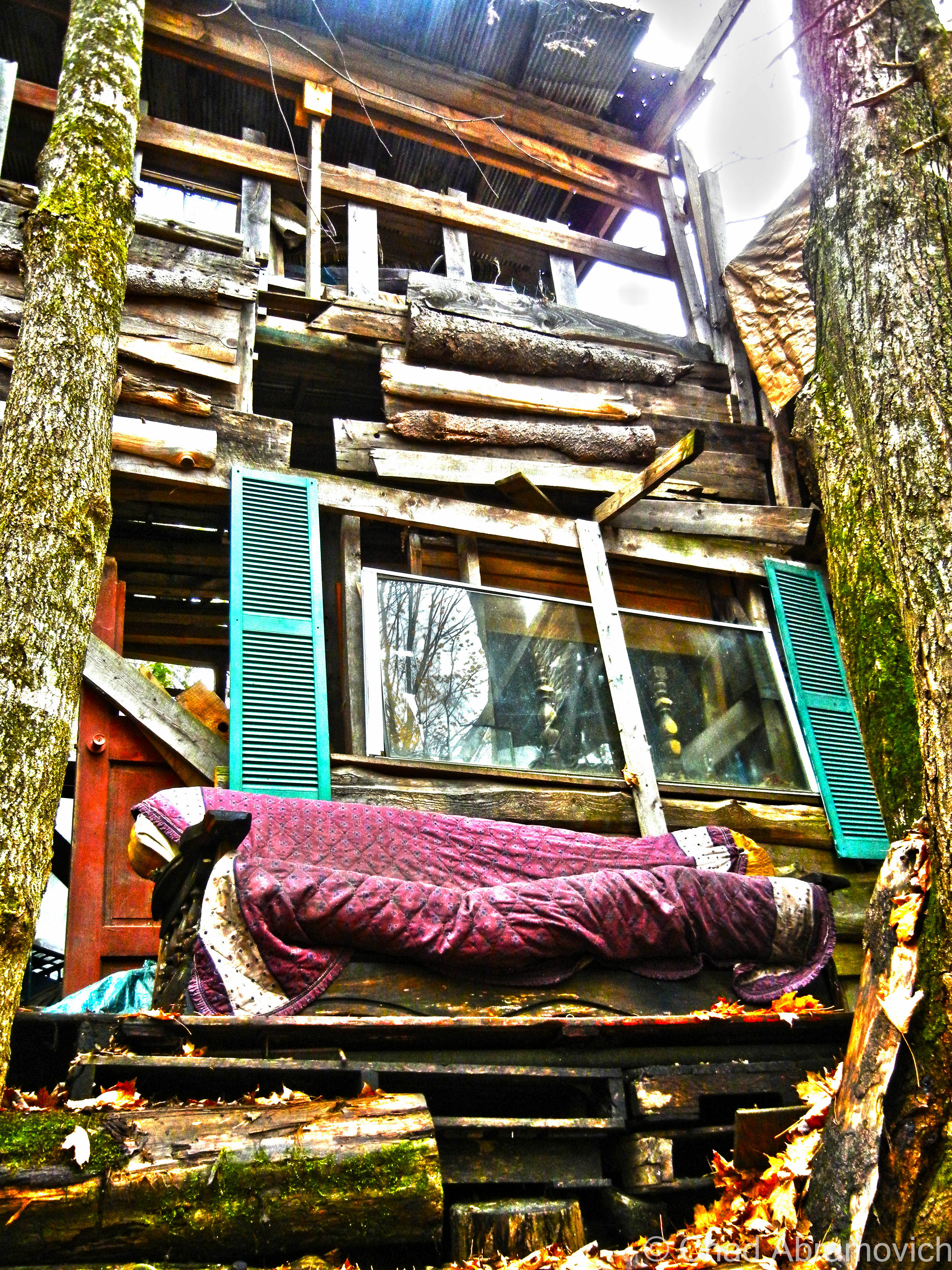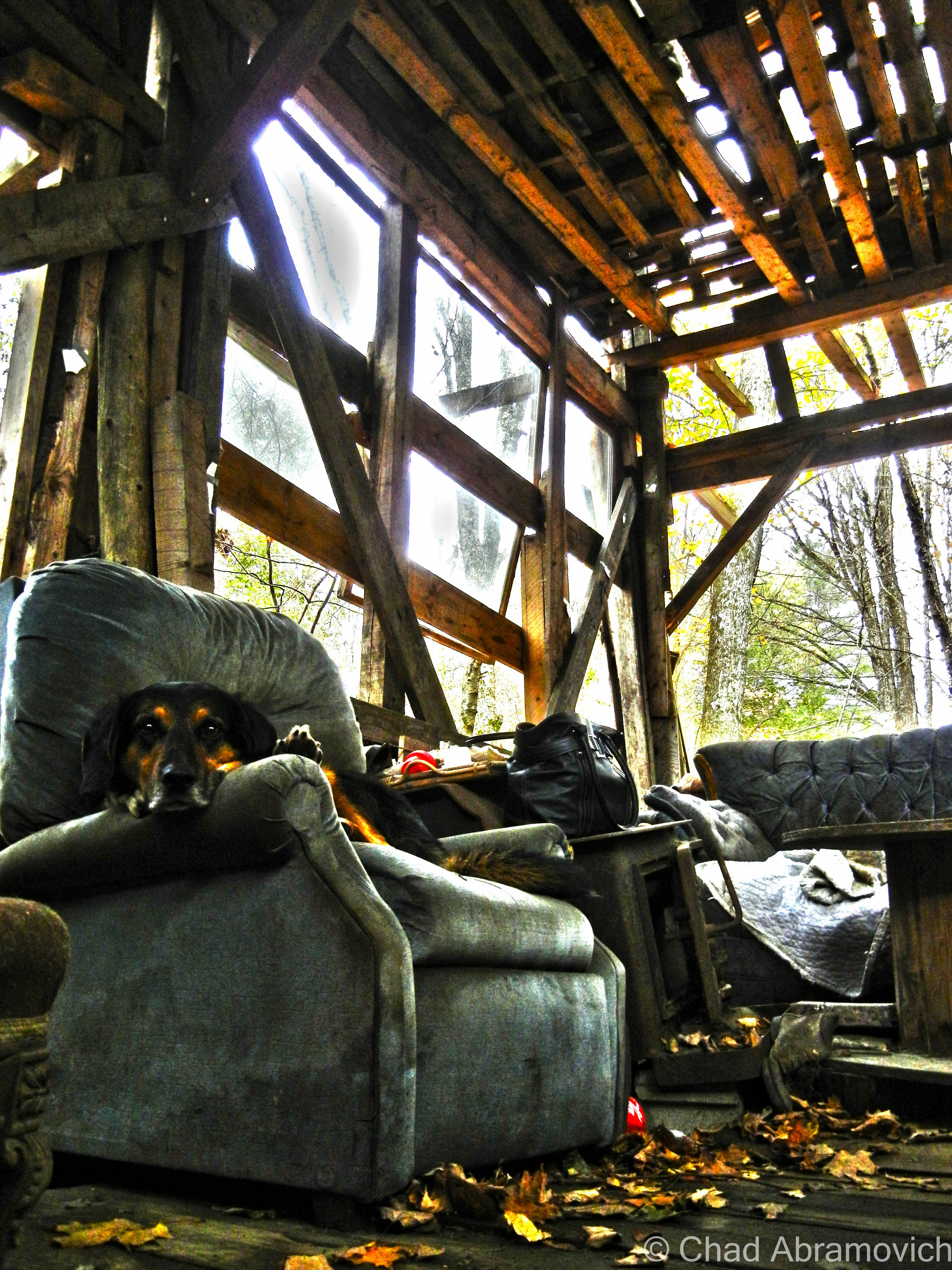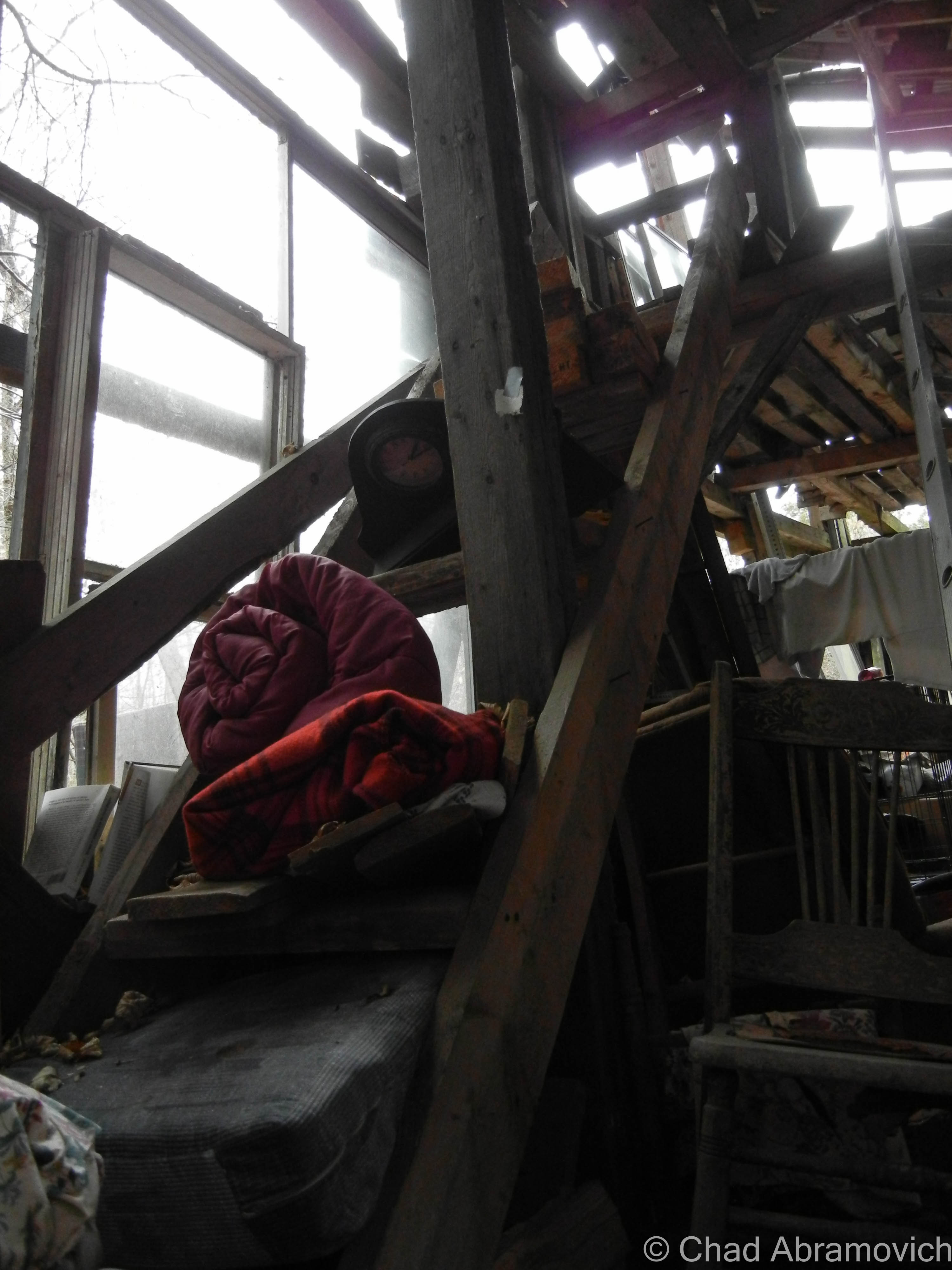If I had to pick a place in Vermont I loved most, it would probably be the town of Wallingford. A small town unknown to most, a shimmer in the rolling geography and rushing traffic moving from Rutland to Bennington. Wallingford offers an attractive historic village on Route 7 and an incredible amount of vast land rising up the wooded slopes of the Green Mountains to the east of town – a rugged and wild landscape of boulders, dark forests and streams fed by melting ice.
I spent some of the best days of my childhood here at my deer camp, cherished memories that still haunt me today. But apart from all that, Wallingford is a town of intrigue and mystery. Its deep forests have swallowed ghost towns and have buried the remnants of an impolite massacre that happened over a century ago.
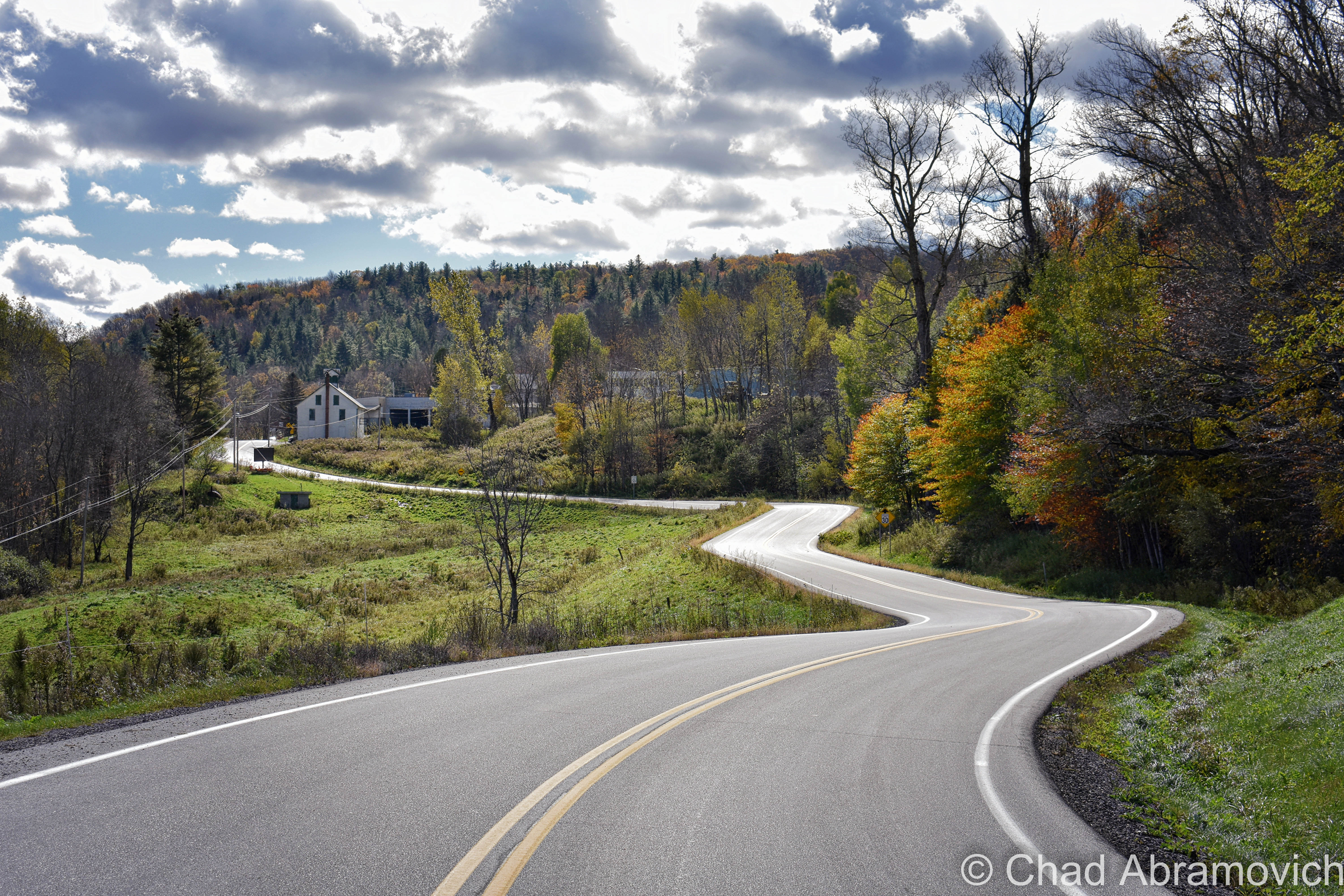
According to local lore, Wallingford’s Sugar Hill was where Maple Syrup was first made in Vermont. Roughly before the town became industrialized, the cryptic remains of the skeleton of a man were unearthed behind the old stone shop on Main Street, the rotting remains of a rusted gun barrel found alongside him. Some speculated that the remains were thought to be of a soldier of the French and Indian wars, but as to how he met his death, whether by treachery, lurking savage, disease or wild beasts of the Wallingford wilds, has never been known.
But perhaps the most mysterious area of town is an unforgiving and conspicuous geographical anomaly that can be seen from all parts of town – an area aptly named White Rocks.
Rising about 2,600 feet above The Valley of Vermont, White Rocks mountain is an incredible sight. During the last Ice Age, glaciers scoured and exposed the Quartzite cliffs that makes up the framework of the mountain. Over time, the slopes eroded to a point where the face of the mountain became weak, creating several massive rock slides that crumbled down the slopes to dales and glens below, sending gigantic Quartzite boulders, some larger than an average house, down the mountain ripping up the evergreen forests as they made their visible scars.
It is here amidst this merciless landscape where an area known as the Ice Beds lay, where melting ice harbored deep within protected mountain caves feeds crystal clear mountain streams that meander their way through the woodlands. The temperature drops a good 15-20 degrees here and is a welcome respite on hot summer days.
But there is another sight among the sites here, something far more likely to capture the most vulnerable of imaginations. According to a little-known piece of local lore that was in danger of almost vanishing; the White Rocks are said to be the final resting place of a fabled treasure lost over 2 centuries ago.
As the story goes, sometime during the late 1700s, a group of Spanish prospectors passed through the area now known as Wallingford seeking fortune in the new land. In the mountains, they discovered a rich vein of silver. The group began to set up mining operations and began to dig deep cavities at the base of the mountain. Here, they were able to work in secrecy where they smelted the ore and turned it into silver coins. Eventually, they decided that they all had enough to live comfortably for the rest of their lives. But there was a problem. They had no way to transport all of their newly found wealth back to Spain. They filled their saddlebags with what they could, and hid the rest in the mine. The opening was discrete and hard to find, and they all agreed that it would be highly unlikely that another wayward prospector or woodsman would stumble upon it. But just in case, they disguised the opening the best they could, with the hopes of coming back whenever they wanted if they needed more money.
Years passed and most of the original group had died off, all but one. A frail old man by now, he wondered onto the streets of Chester, Vermont looking tired and a little confused. A kind young local man noticed his appearance and asked the old man if he was alright and needed assistance. The Spaniard was apparently so grateful at his generosity and taken by his personality that he decided to return the favor in a way the wide-eyed young man could have never seen coming. The Spaniard told his new friend now known as Richard Lawrence that his that his saddle bags were filled with silver coins, and told him about the mine in Wallingford. He informed Richard that whatever treasure was left in the mine was his to keep, on the condition that he waited until he passed away to go claim it.
As it turns out, Richard proved to be just as honest as the old man had predicted, and didn’t tell anyone about the treasure until years later, when he told a few of his good friends and decided to set out to Wallingford and the mysterious White Rocks. But after a diligent and organized search, they could not find the opening of the cave. Search efforts carried on for several months, but after frustratingly grueling hours, they reluctantly gave up and left with their heads and their hearts tossed around like the boulders that fell from those slopes long ago.
Today, the treasure has yet to be found, and the mountains still remain as elusive and mysterious. It’s no wonder that the deep area where the rock slide collided with the forest floor is known as “Chaos Canyon”. If you do believe that a buried treasure still exists within the catacomb of twisting caves and eternal ice behind the mountain, don’t plan on digging for it. The White Rocks is protected land, part of the White Rocks National Recreation Area within The Green Mountain National Forest. So for now, visions of buried treasure and the more humbling reality of the limitations of man will sink with the northern sun.


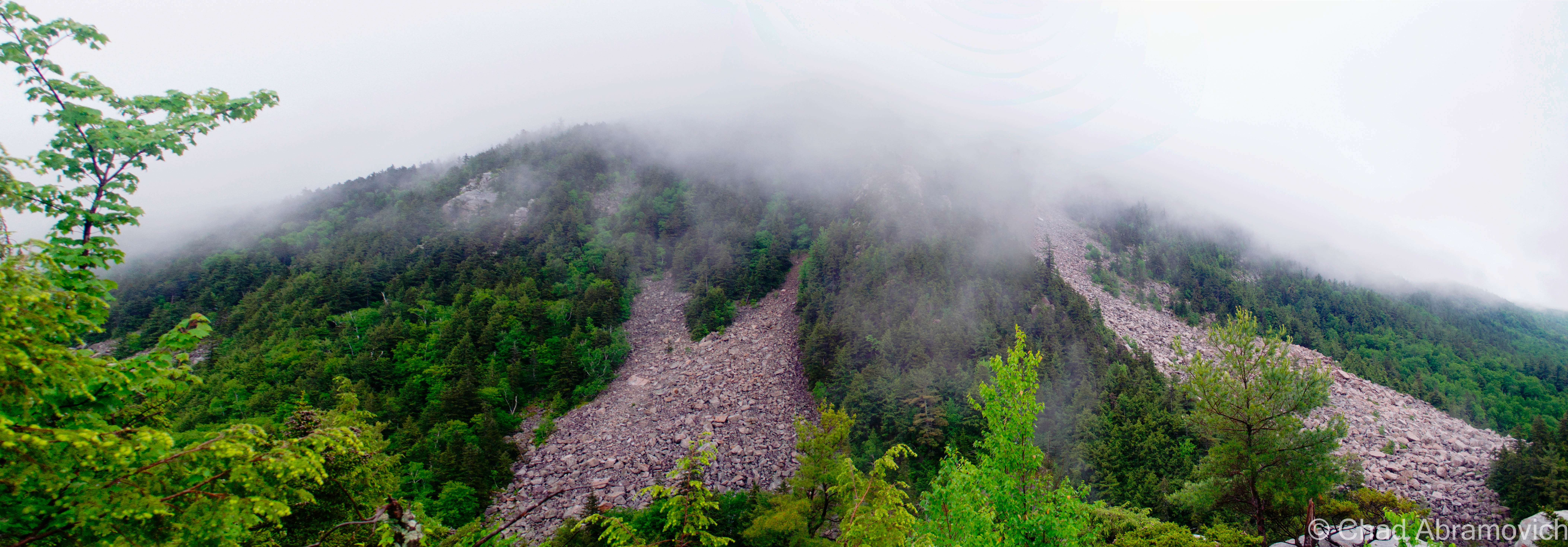
If you venture up the Keewaydin Trail, you will eventually hike past a strange looking structure sitting off into the woods. It looks like a miniature house that comes up to your chest, but this odd little one-roomed structure is long abandoned, as indicated by a giant hole in the roof. Peering inside, the rotting interior was filled with stagnant black water. There seemed to be a stream, either natural or created by runoff oozing out from underneath it. But what was it? I had no ideas. A passing hiker informed me that this was one of Vermont’s “Fairy Houses“, which are scattered mostly around the town of Grafton. But after doing the research, it just didn’t add up. This seemed more utilitarian, and a little less…I’m not sure, whimsical? Maybe this was something that once protected a natural spring? If anyone has any idea, feel free to pass the information along.
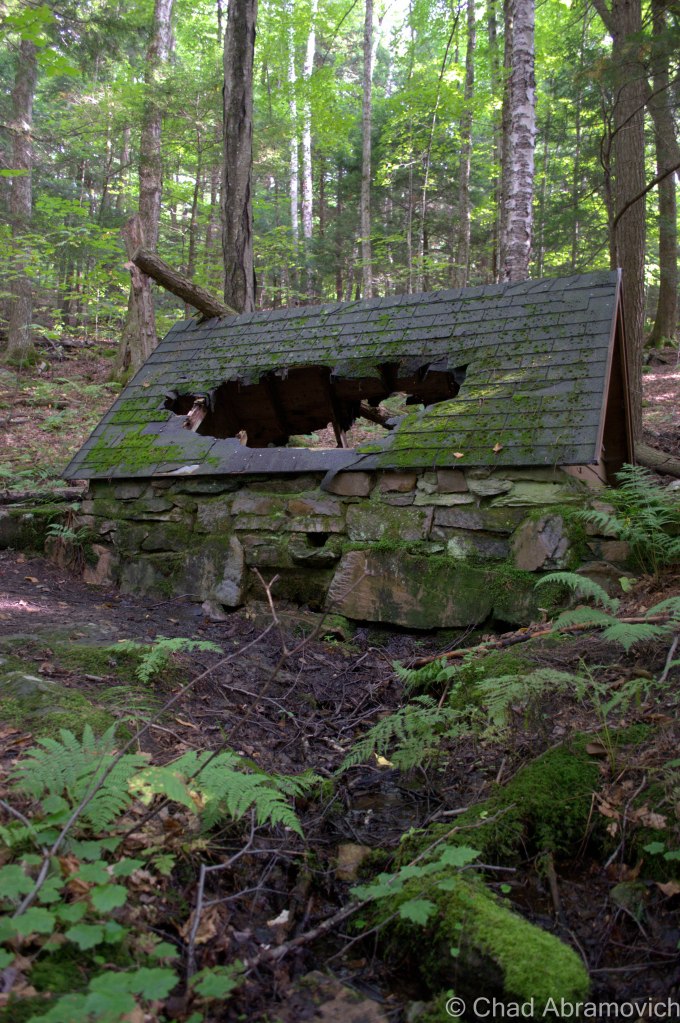
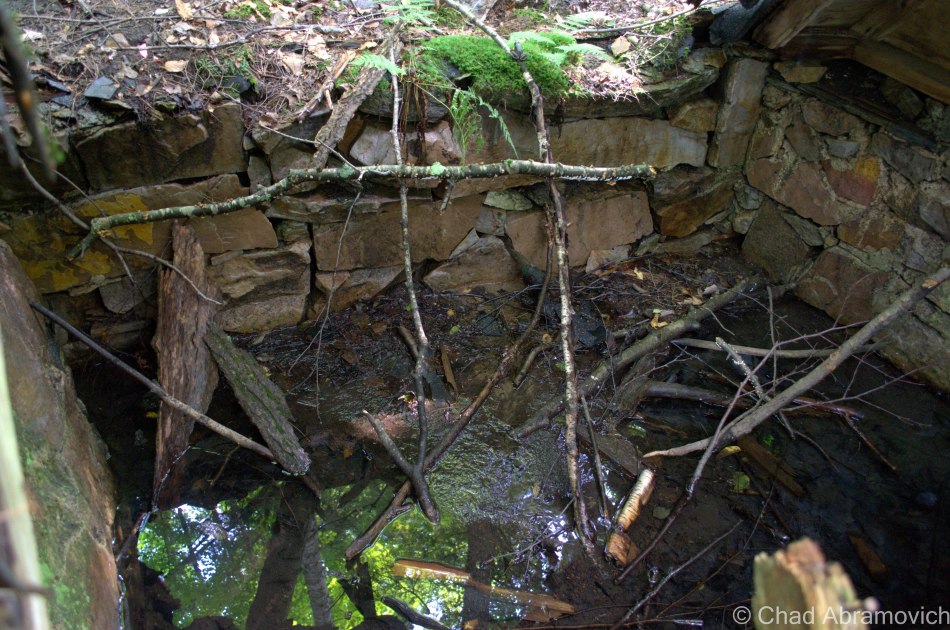
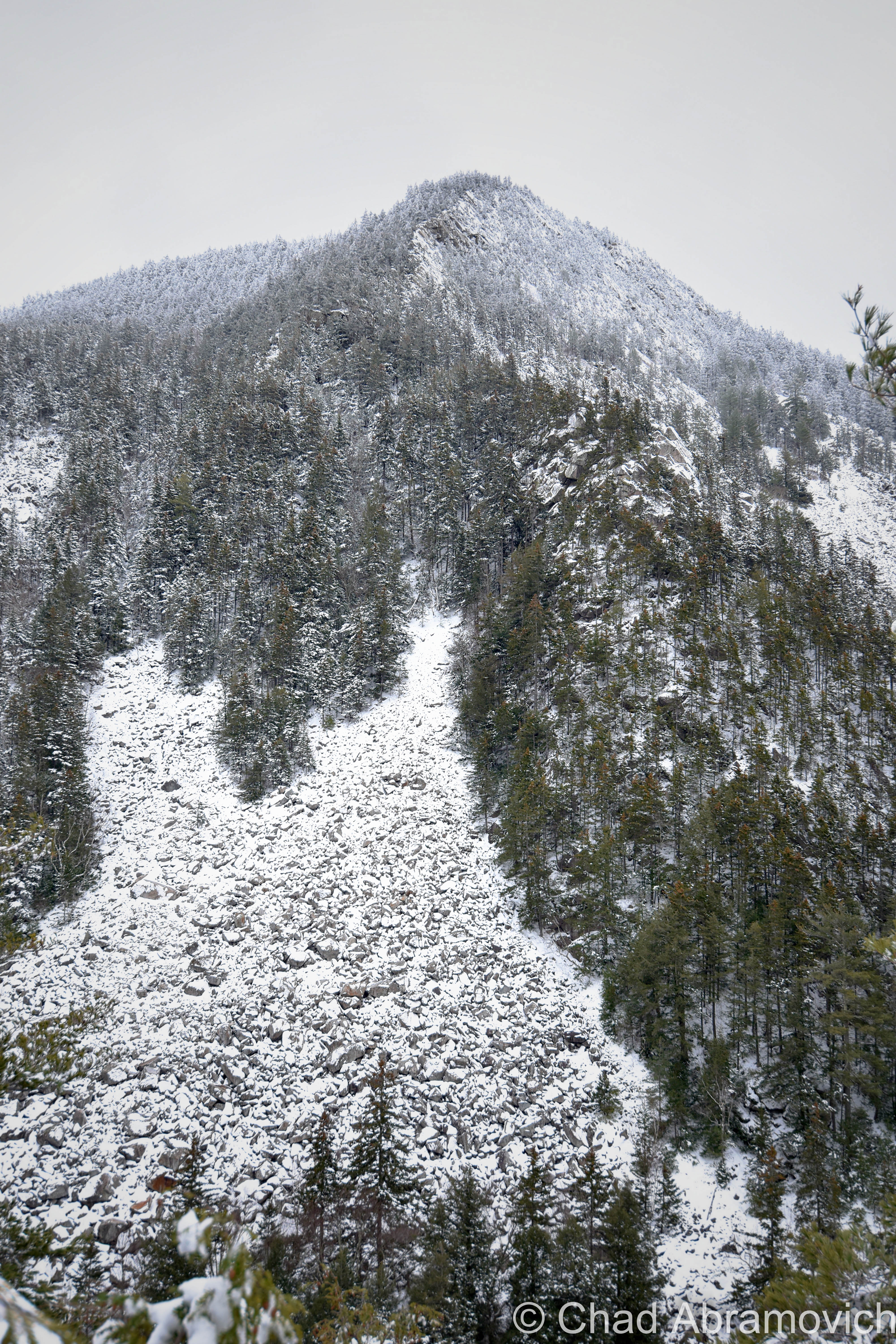
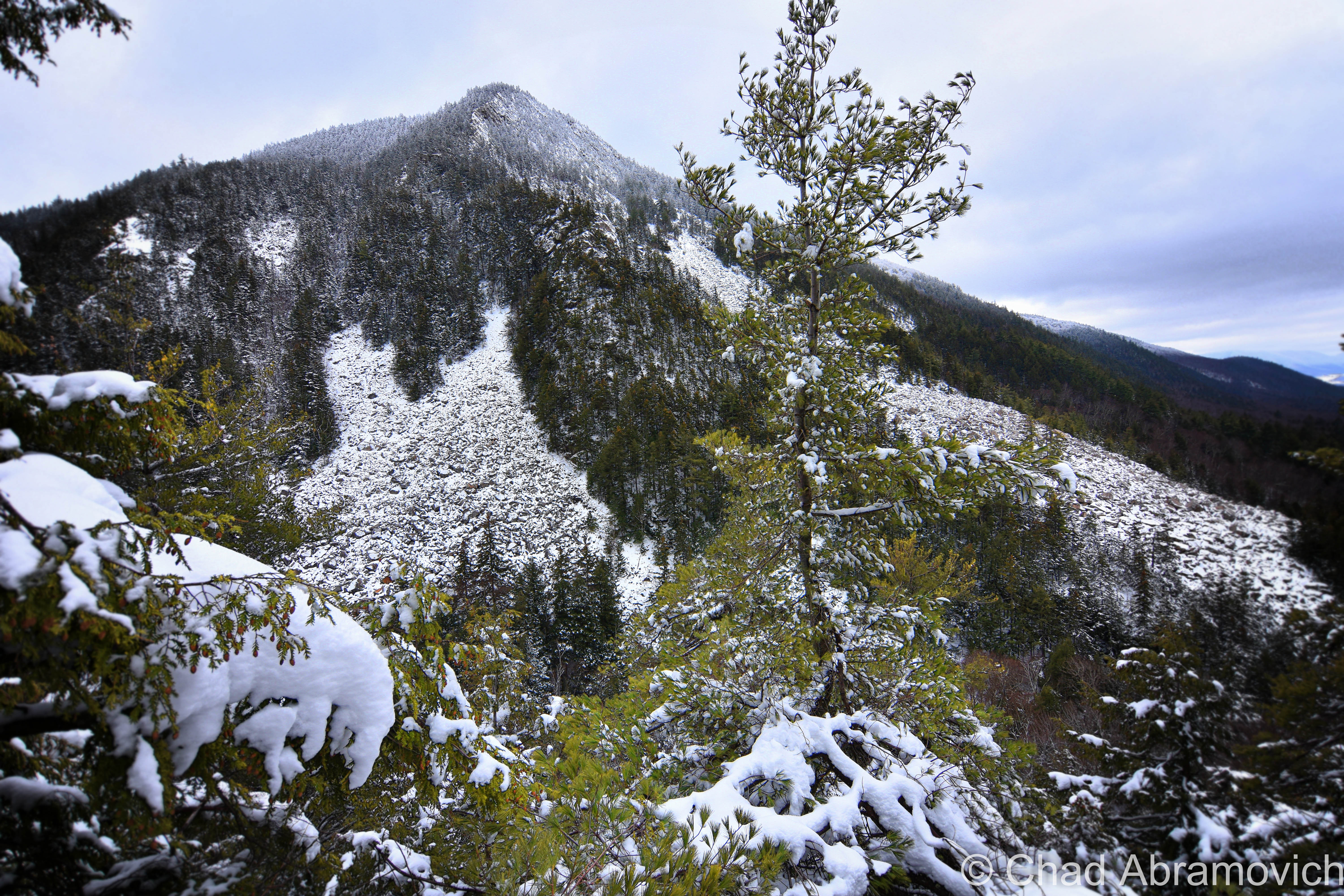
From the White Rocks, Route 140 twists its way down through a deep gulf formed by the aptly named Roaring Brook. The narrow highway offers one more serpentine turn before dipping into Wallingford village, where elegant Victorian houses climb down the hillside to the small downtown district. Here, at the only traffic light in town, sits another Wallingford curiosity that is far more gentle than the White Rocks, but practically as enigmatic.
It’s made out of cast iron, colorfully painted, and depicts a young boy holding a boot which eternally drips water from a small hole into a circular pool below – his faraway eyes forever depicting a state of reverie. This is Wallingford’s “Boy with the Boot”.
At the base of the statue pool, there is a small plaque that reads: “Erected to the memory of Arnold Young by his children, April 3, 1898.” Arnold Young was the innkeeper of the Wallingford House hotel that sits directly behind the statue. It is said that Arnold’s children thought that this statue would somehow be a fitting memorial and gift to their father. But it seems like a rather peculiar memorial that a well-respected innkeeper would choose. Would Mr. Young have chosen a different memorial, rather than a boy with a leaking boot? Or maybe there was some sort of comedy at work here – an inside joke perhaps, or something that the Wallingford of the late 19th century would have understood that has since been lost?
Around 1910, the Boy disappeared and was discovered ten years later in the Inn’s attic. He was restored and has since stood in front of the hotel. The statue has become an icon of community pride, so much so that the Wallingford town website even features an animated Boy and the Boot.
The mystery, however, deepened even more after I had published an article about it in the Rutland Reader. Some old-timers recalled the statue once being painted black, and others say his eyes were originally closed, only to be painted open. And others argued against both claims, saying the statue has always looked the way it did when I photographed it.
But it wasn’t until I found a compilement of speculated history that just adds to the mystery continuum, because none of the interesting information I read was sure of itself. Written up by Emma B. Towsley, Alex Fleck and Charles Hill (a descendant of Arnold Hill), this edifice may just be ” the most mysterious statue in the world”. According to the essay title anyways.
More than 80 years ago, seven of these statues were allegedly shipped to America from Germany, but to contradict this, others have argued that this statue isn’t of German origin, but have no records as to where it’s from. Records or not, some say it came from Rome, Italy. But the Italian Embassy in New York City didn’t seem to agree with that statement. But a Swedish gentleman who had traveled through Italy swore he saw the original copy, and then had a copy of it made which can now be found existing in Stockholm, Sweden. It seems like many more copies had been made around the 1800s, and were given as gifts to English, Canadian and American cities. But no one, not foreign governments, so-called authorities of art and state museums couldn’t weigh in at all as to who the original sculpture was.
There has been a “Boy With The Leaking Boot” Statue in Fresno, California for over 64 years, Winnipeg, Canada since 1895, Menominee, Michigan’s was brought over from Germany over 70 years ago, and the oldest one of them was around for more than 80 years in front of the Porter House Hotel in Sandusky, Ohio, where the Porterhouse Steak was debuted. Ellenville, NY is the only city to have two copies. Ohio once had two, but one died in the impact of a car crash in Wellsville. Records show that Seattle had one that came from Belgium, but it was later stolen.
The boy, suggested being depicted as being about ten years old, is an enigma himself. Who was he? One theory published long ago in an English newspaper said that the boy was modeled after a well-liked newsboy who sold papers on the streets of a town in Italy, and as the story goes, tragically drowned while he was fishing. But two men in a Californian city give their own story, and say that this boy was actually a “drummer boy” in either the Revolutionary War or Civil War, and would try to care for sick or wounded soldiers on the battlefield. Using what little he had, he pulled off his boot, ran to a nearby creek and filled it with water to give the agonized men a drink, while plugging up the hole in the front of the boot so the water wouldn’t leak out as he was running back.
All we know for sure is that fifteen of them were made, and one is on display in the middle of downtown Wallingford.
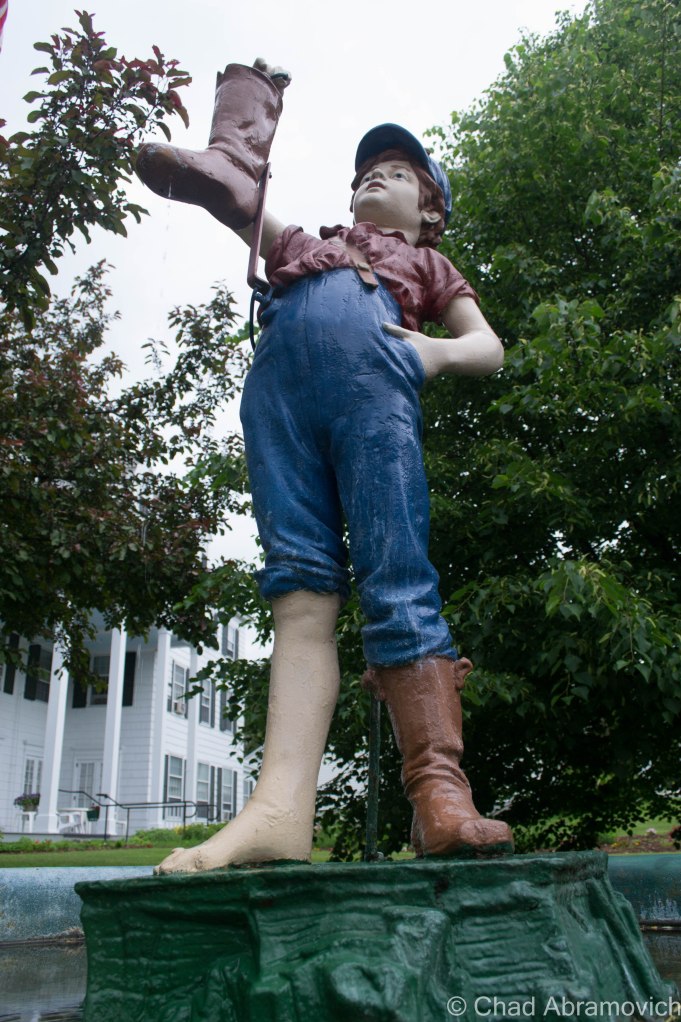
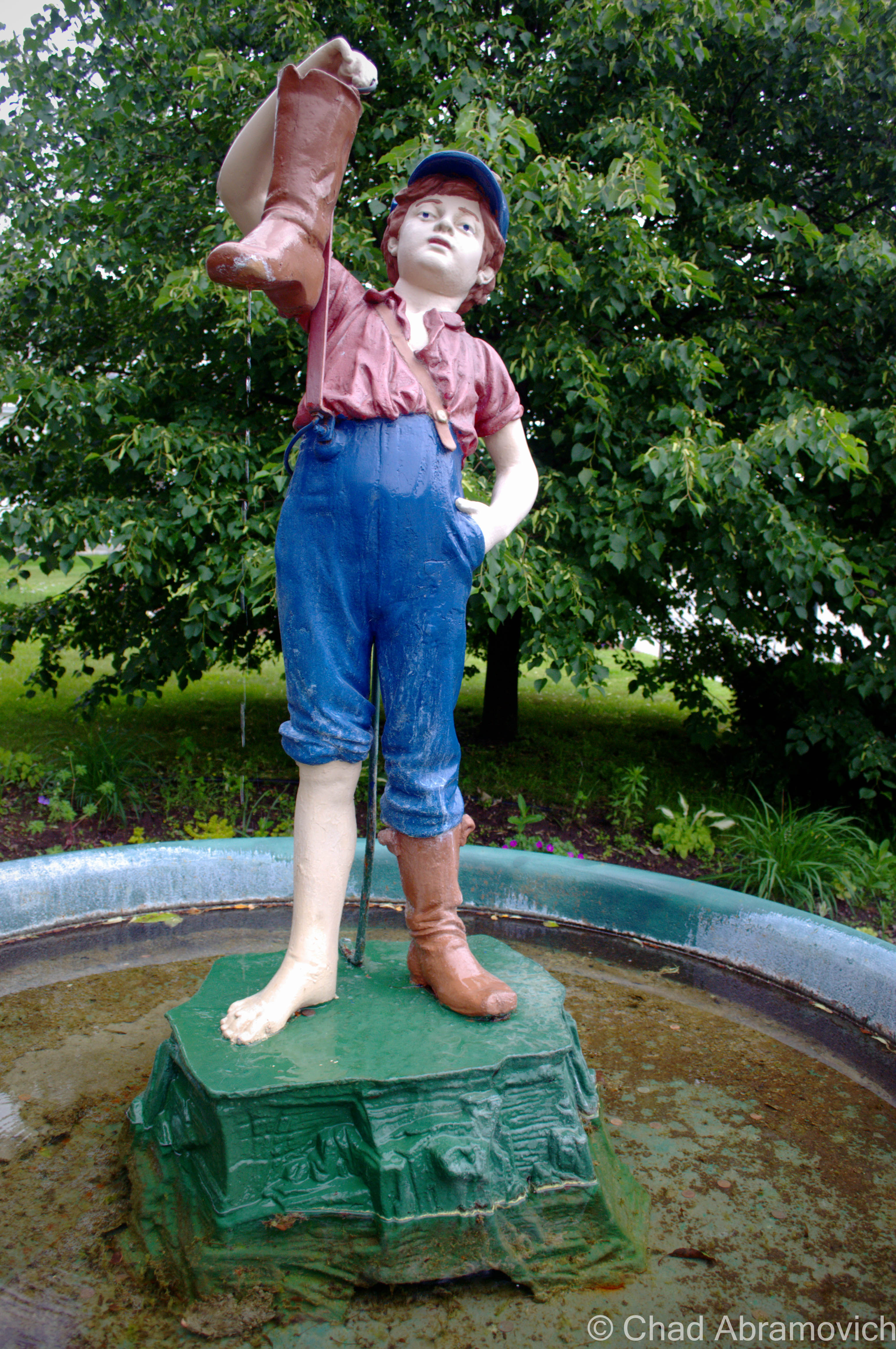
—————————————————————————————————————————————–
To all of my amazing fans and supporters, I am truly grateful and humbled by all of the support and donations through out the years that have kept Obscure Vermont up and running.
As you all know I spend countless hours researching, writing, and traveling to produce and sustain this blog. Obscure Vermont is funded entirely on generous donations that you the wonderful viewers and supporters have made. Expenses range from internet fees to host the blog, to investing in research materials, to traveling expenses. Also, donations help keep me current with my photography gear, computer, and computer software so that I can deliver the best quality possible.
If you value, appreciate, and enjoy reading about my adventures please consider making a donation to my new Gofundme account or Paypal. Any donation would not only be greatly appreciated and help keep this blog going, it would also keep me doing what I love. Thank you!
Gofundme: https://www.gofundme.com/b5jp97d4



